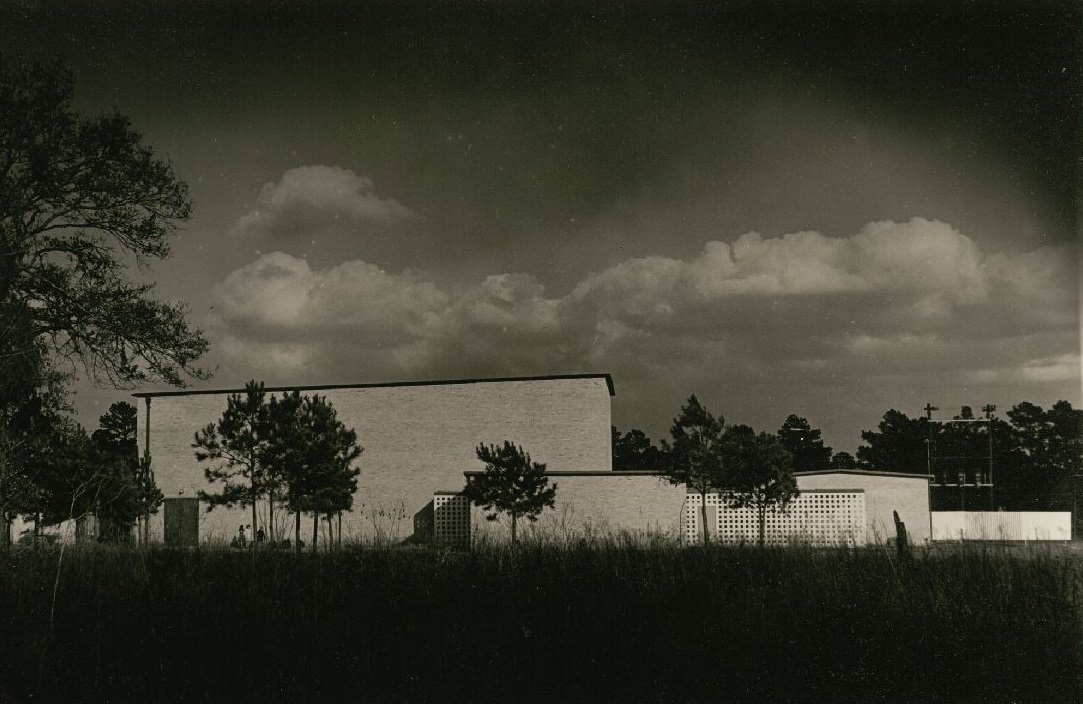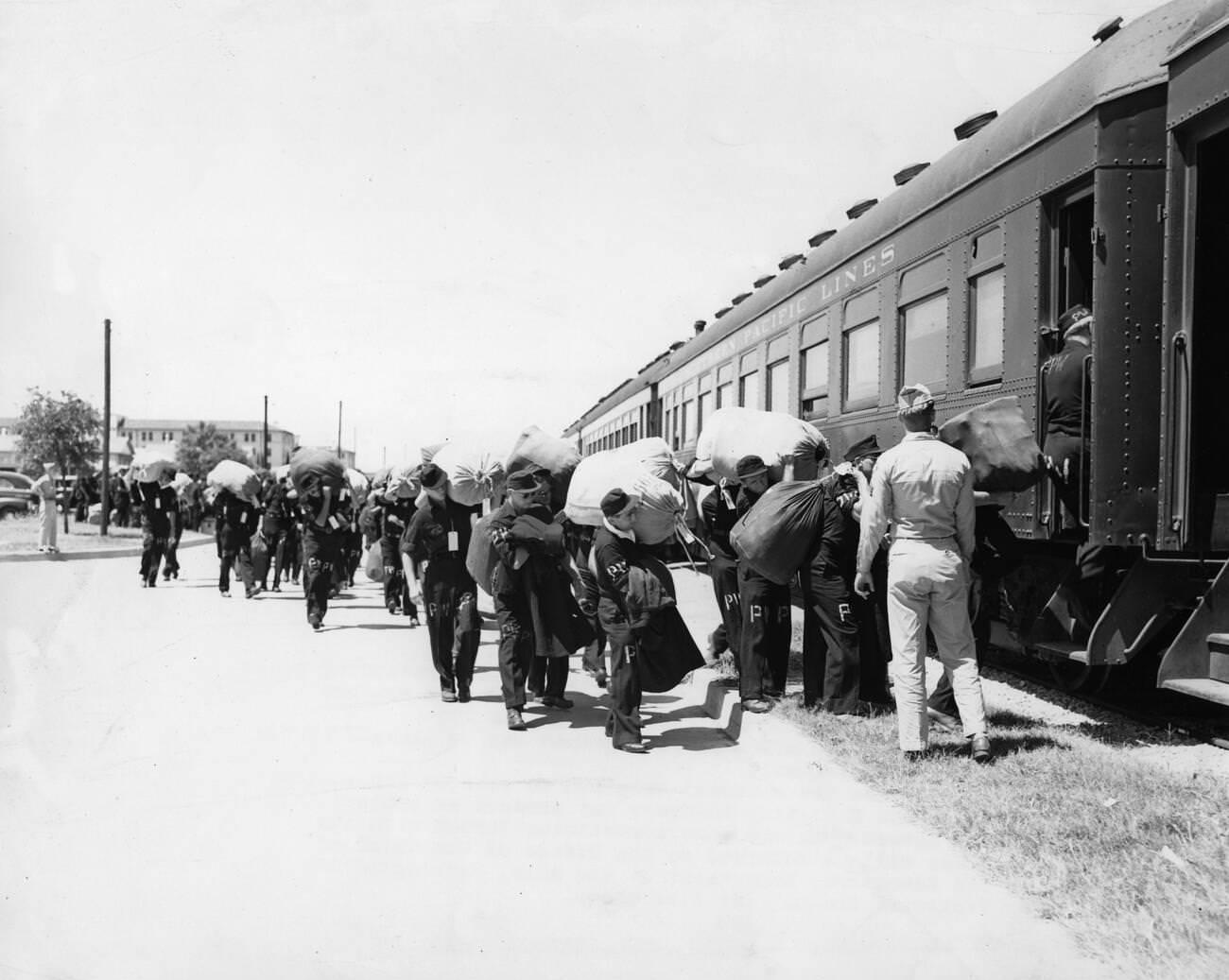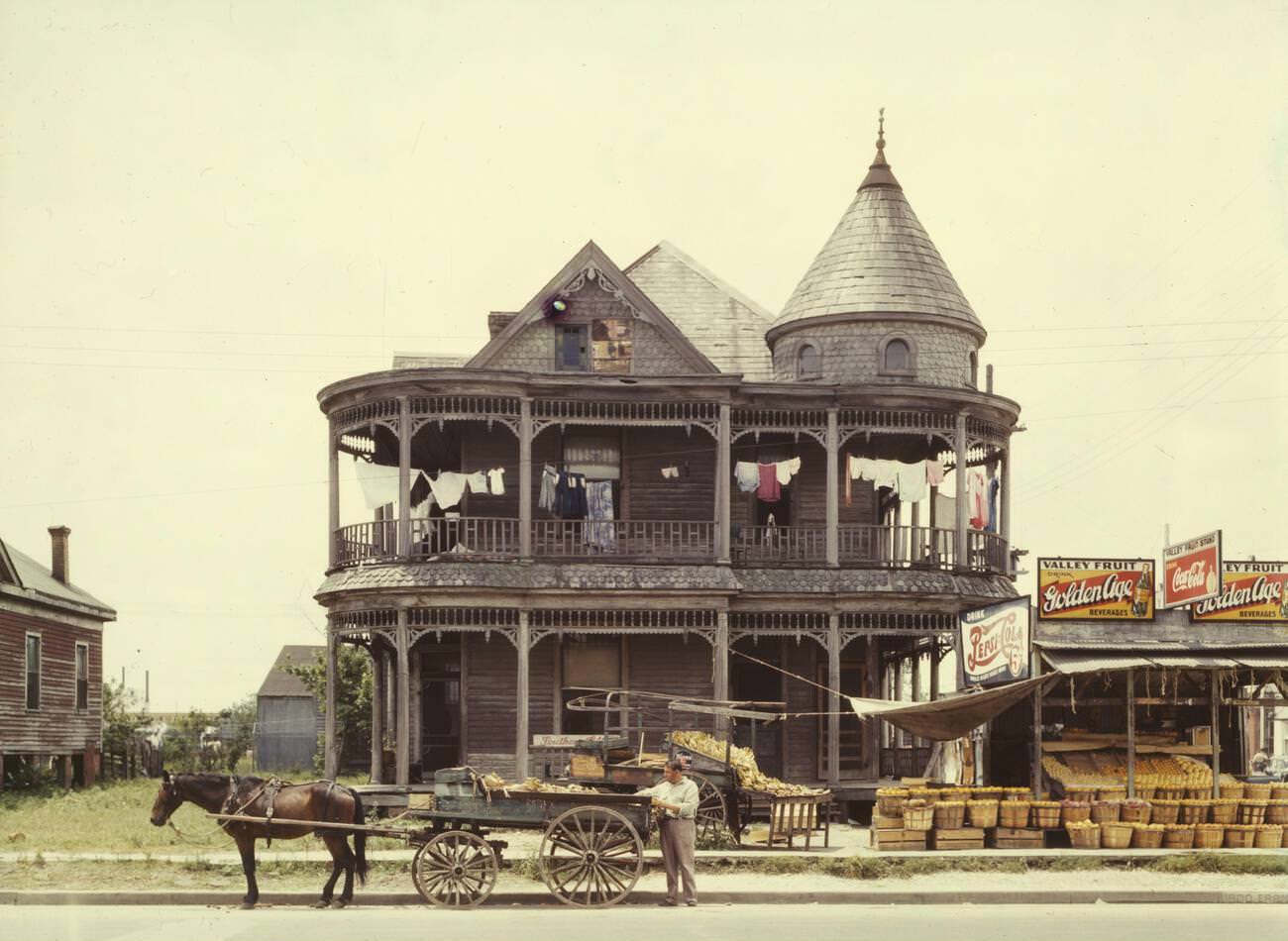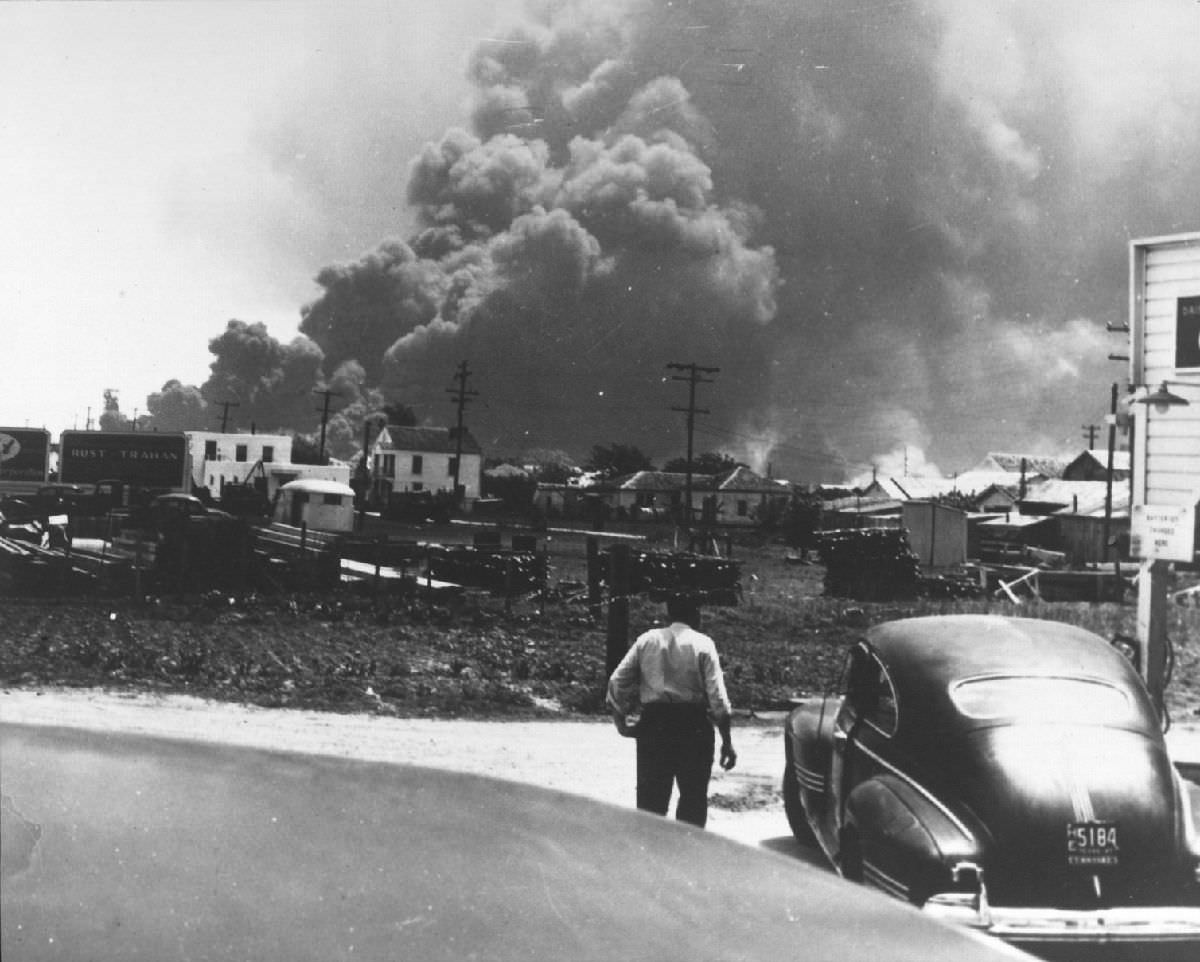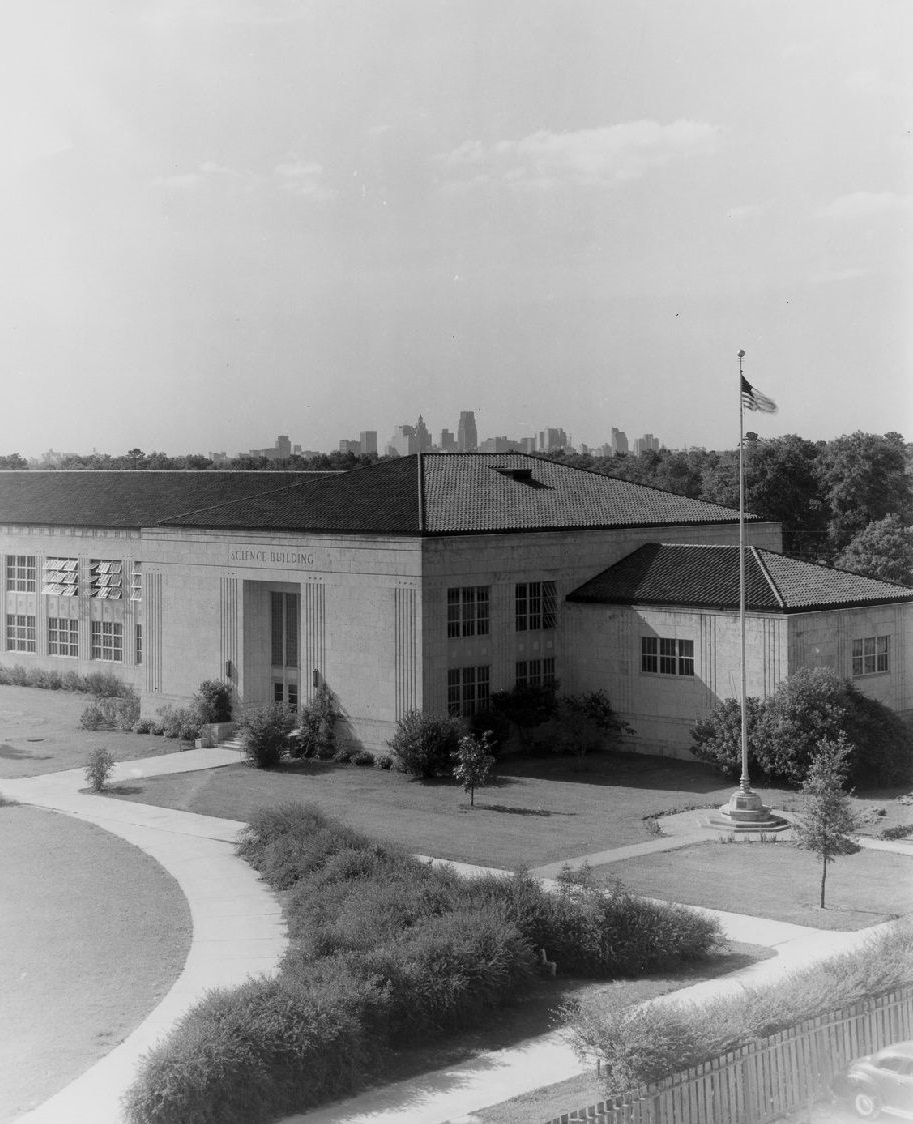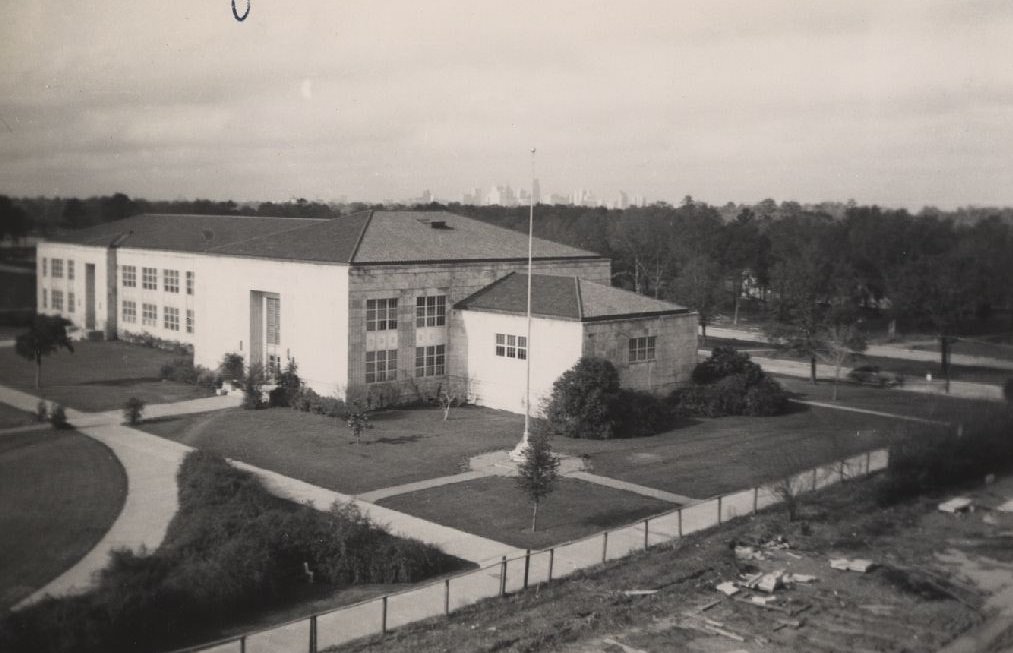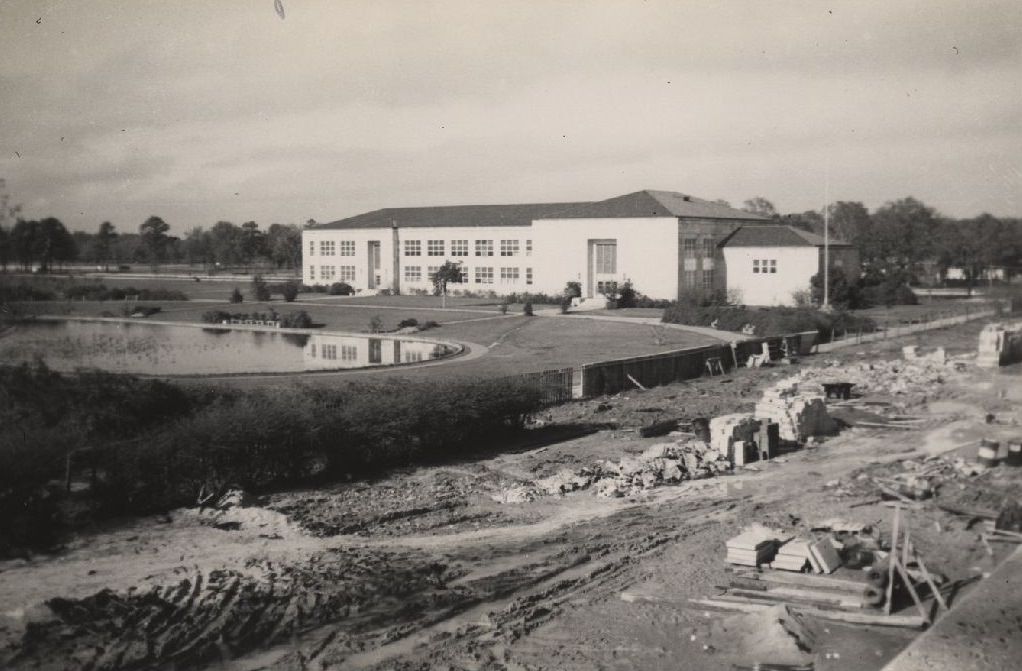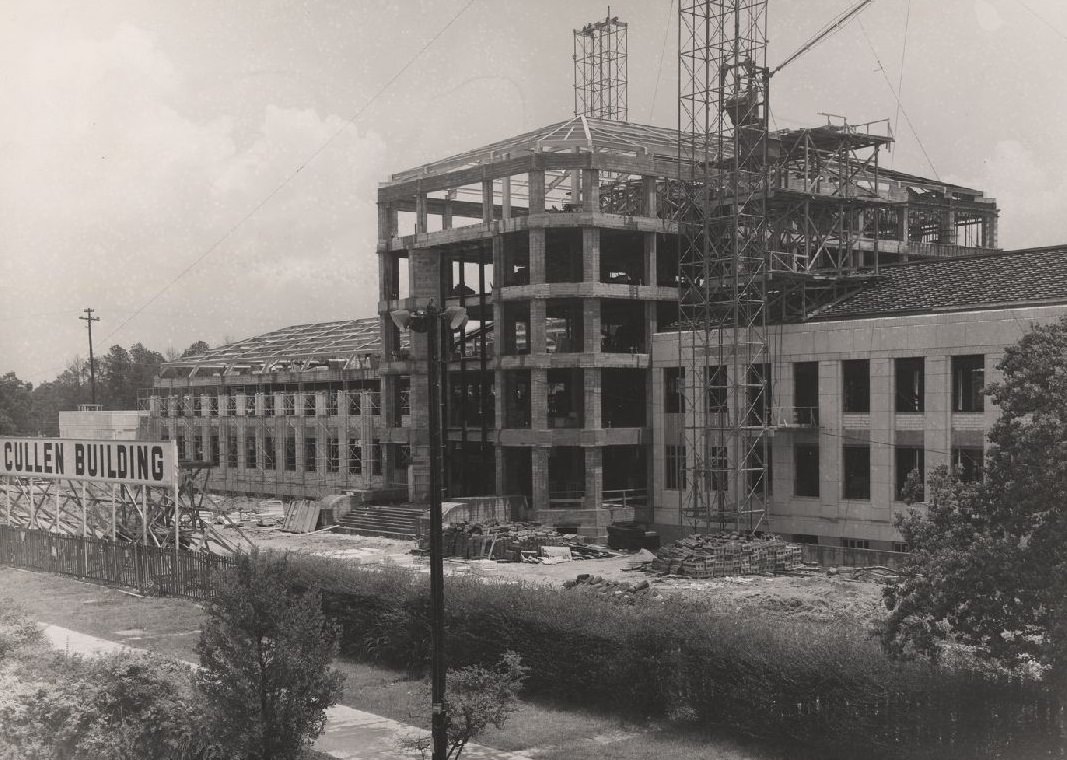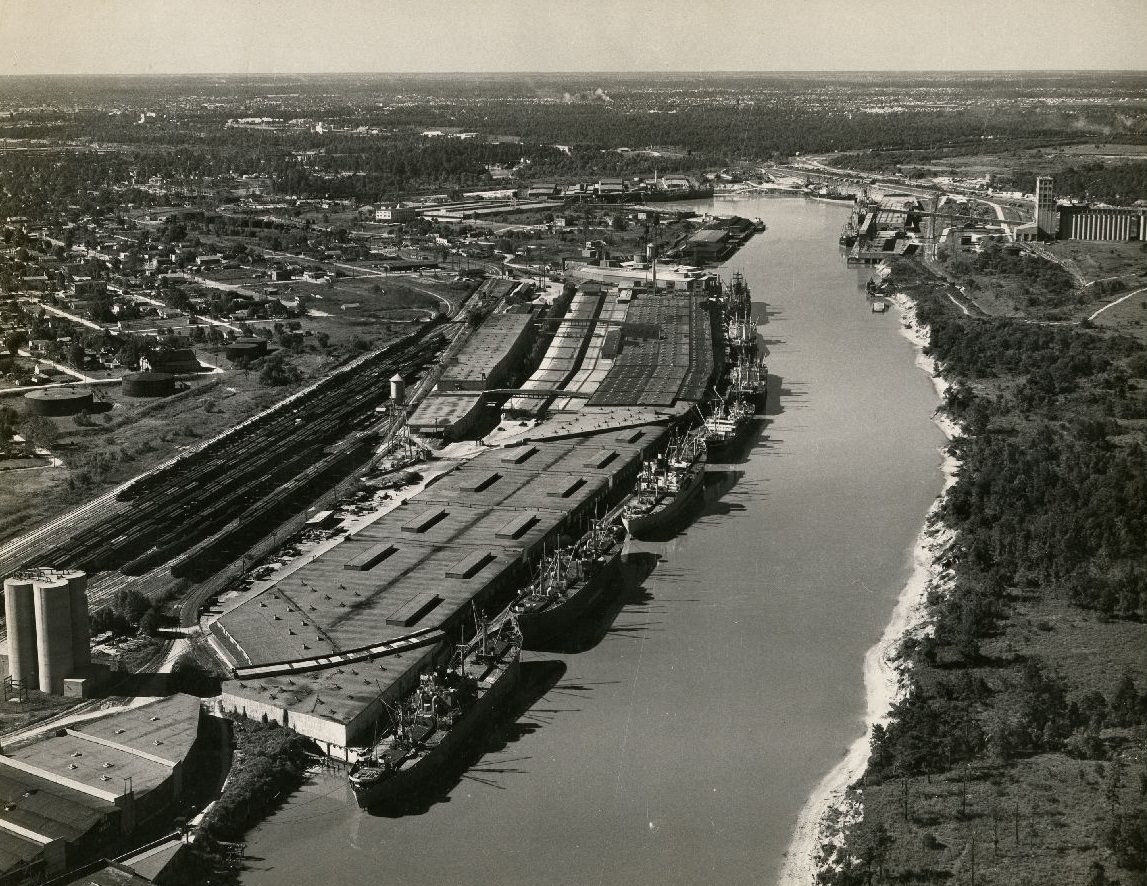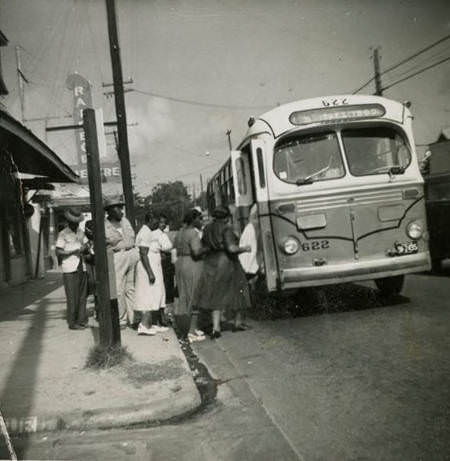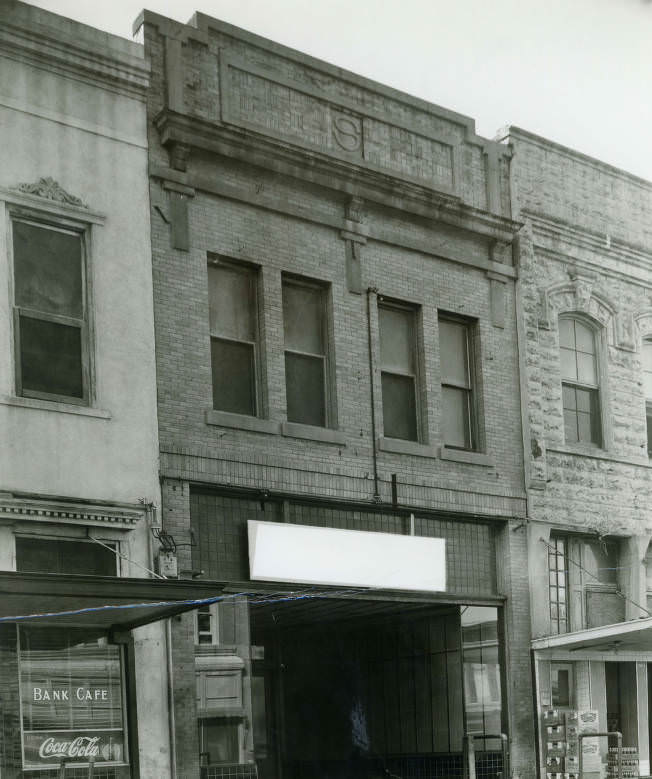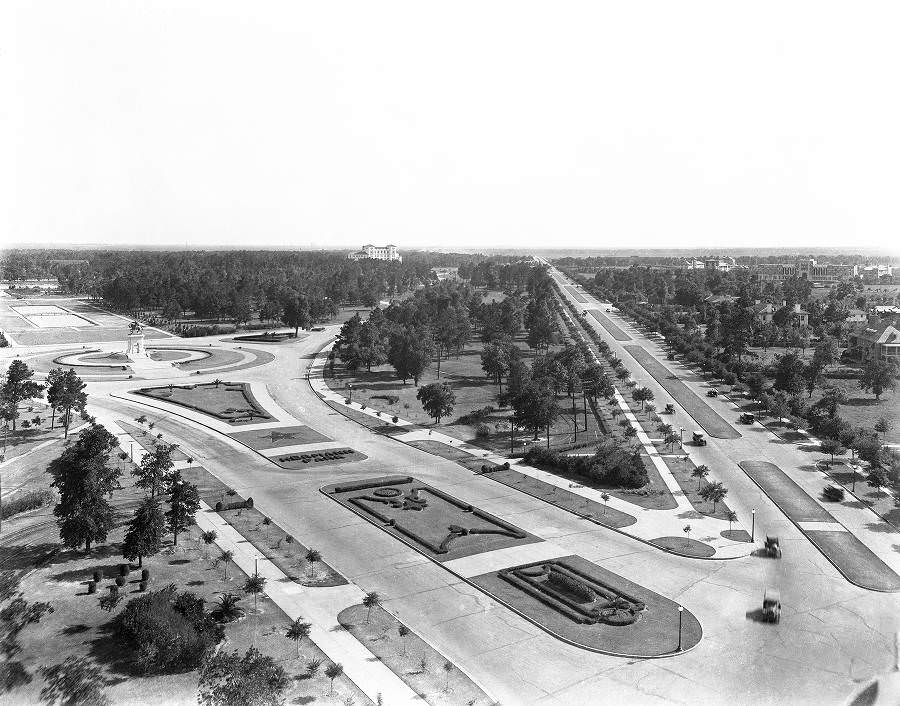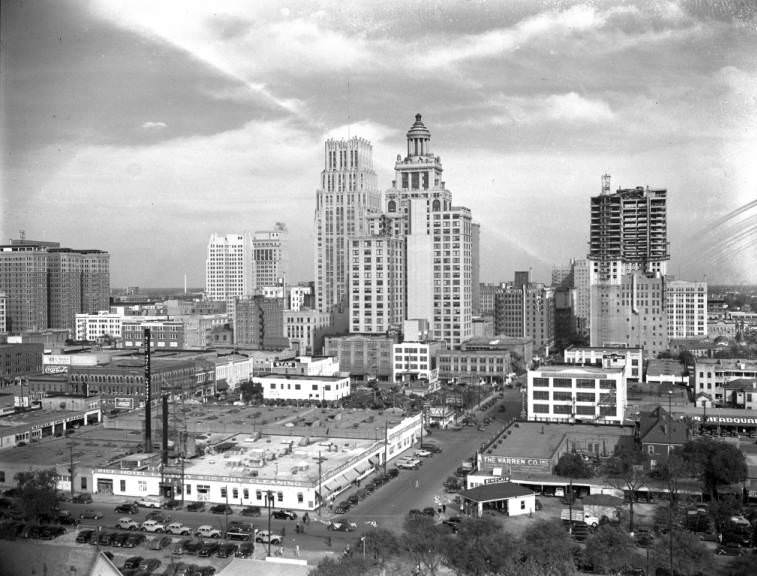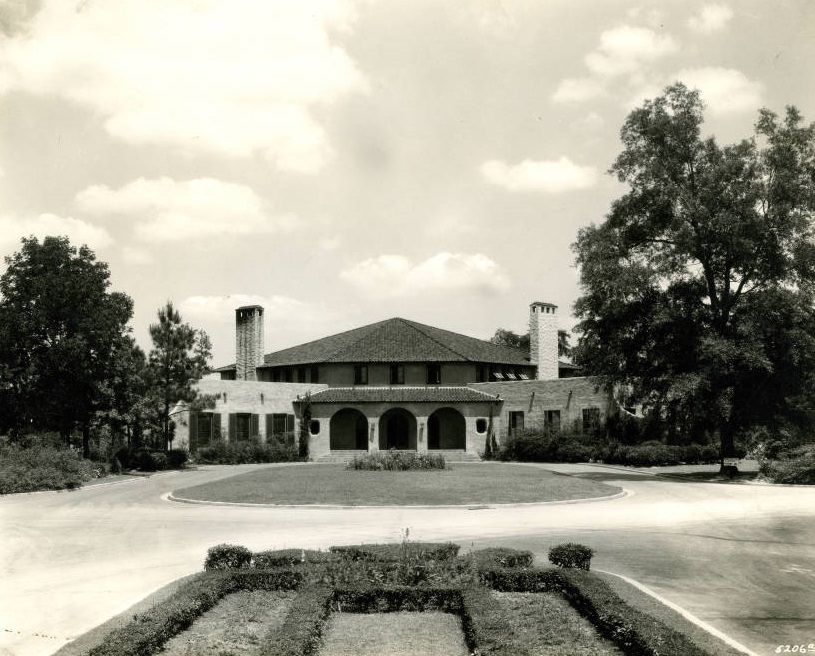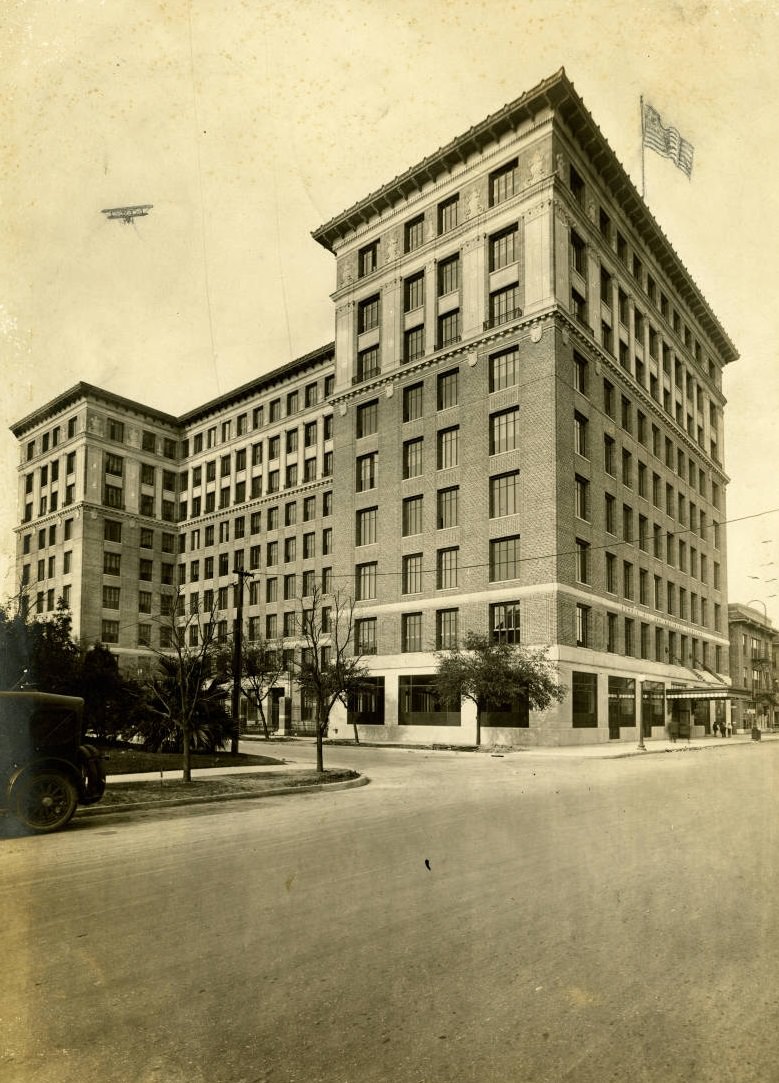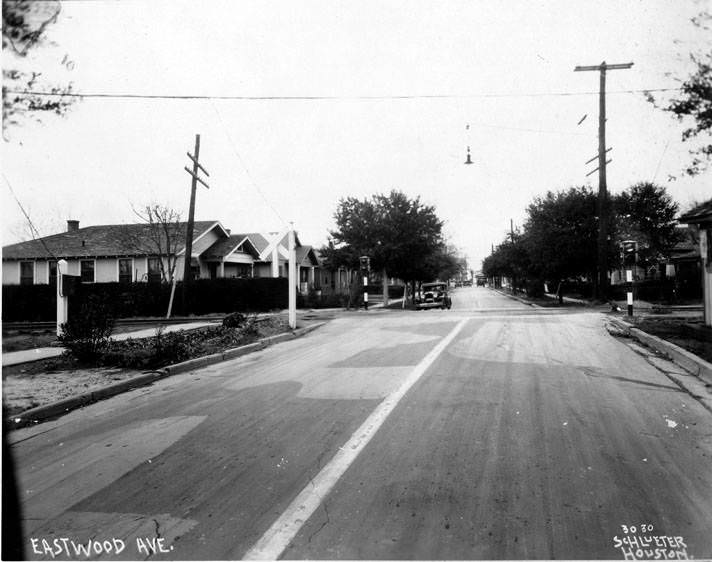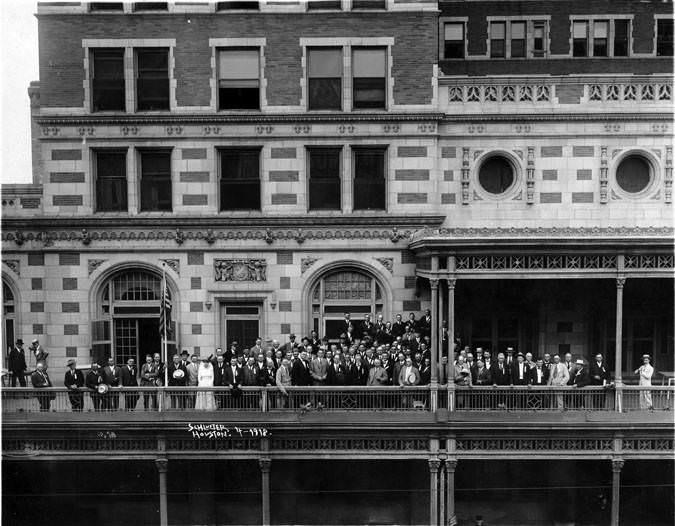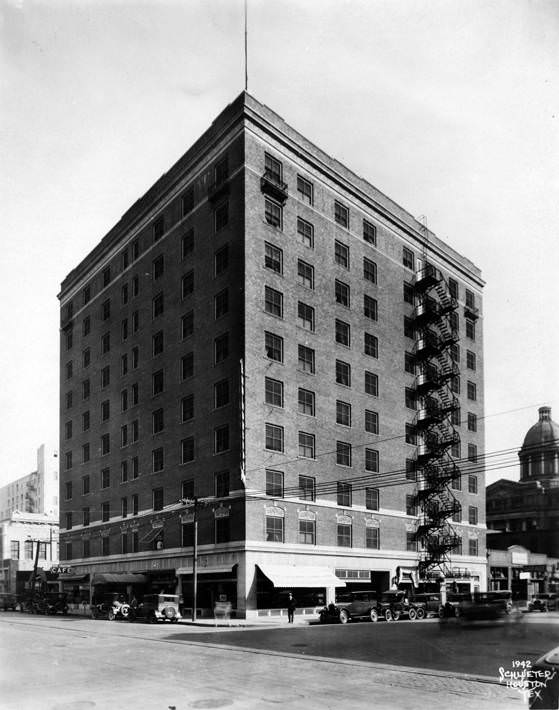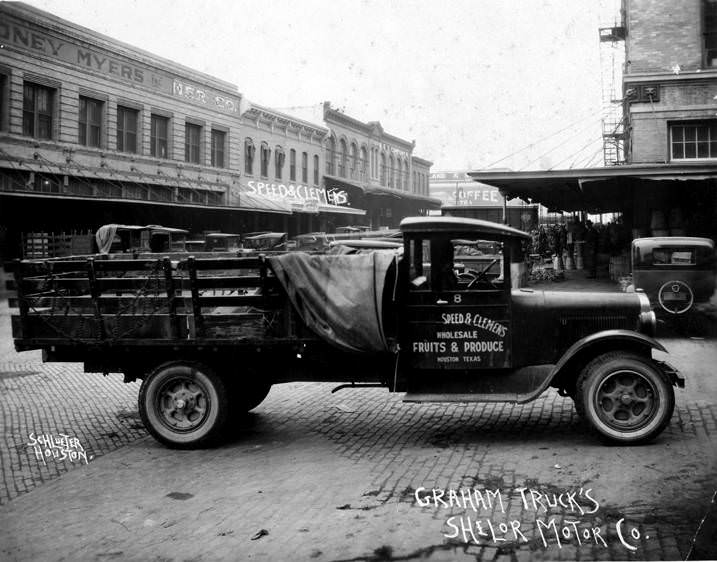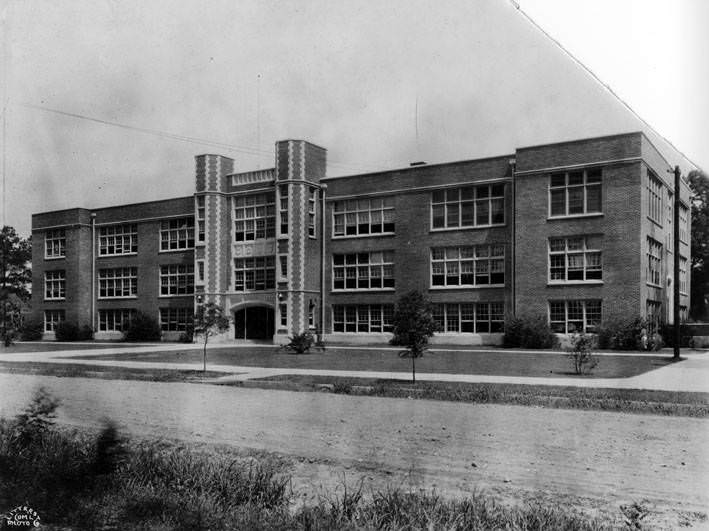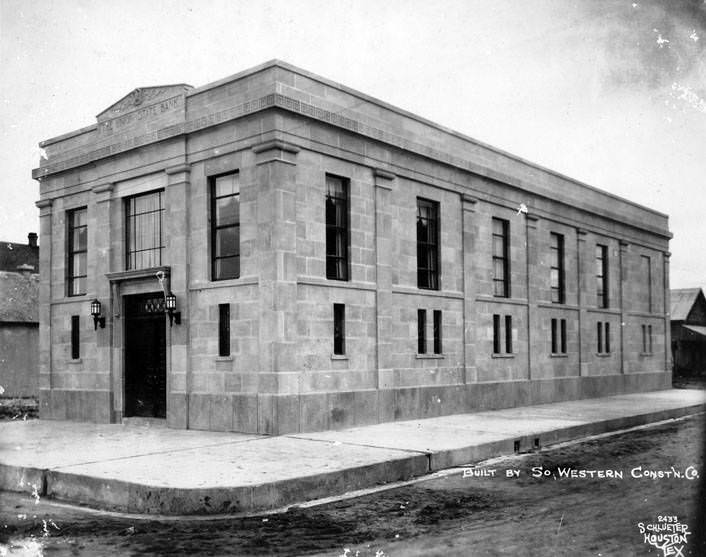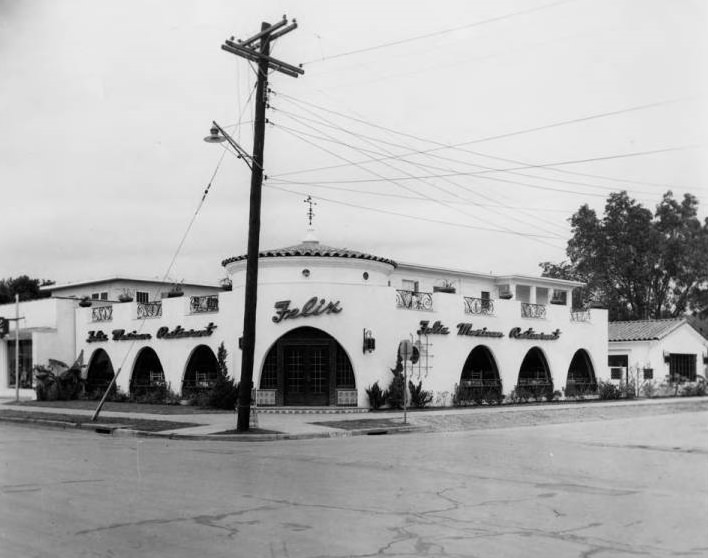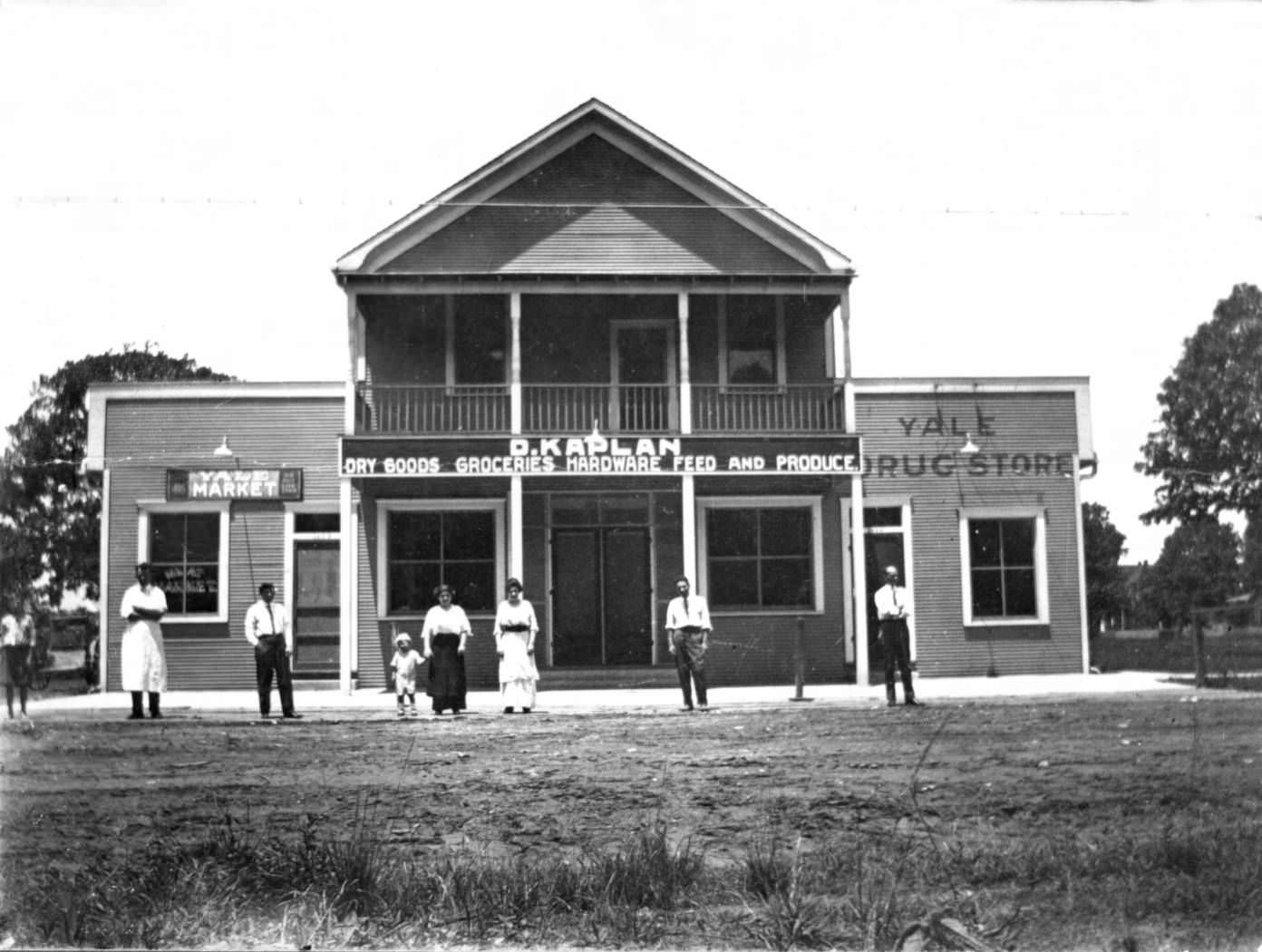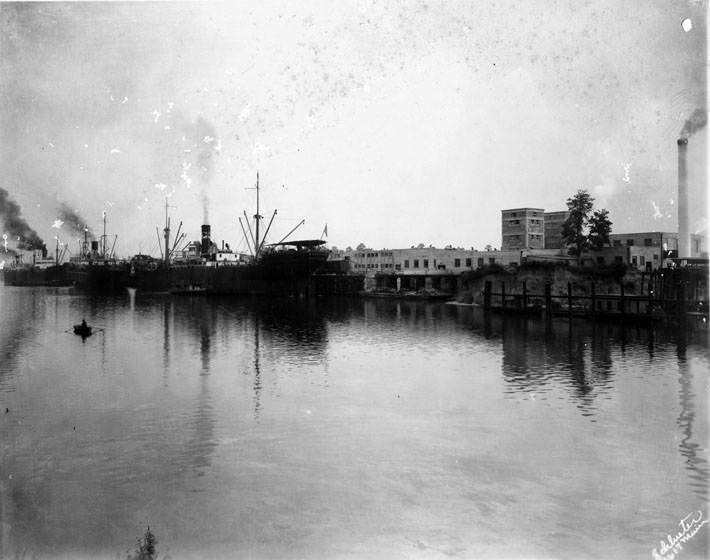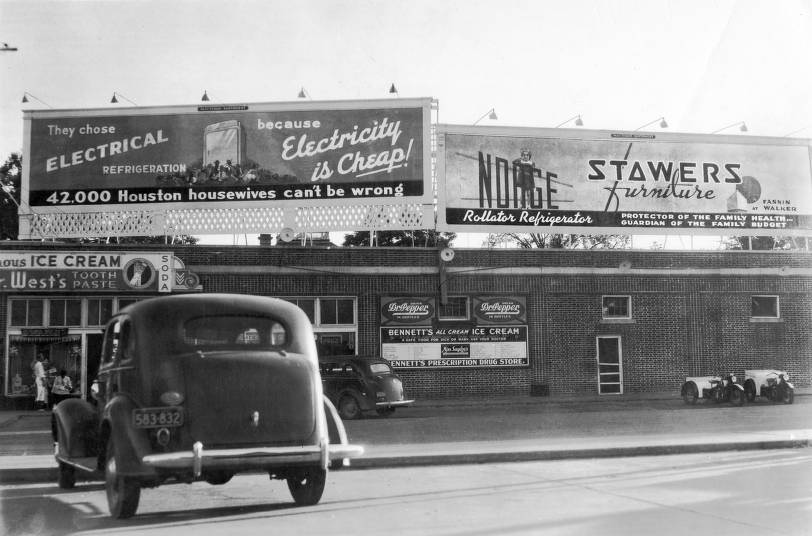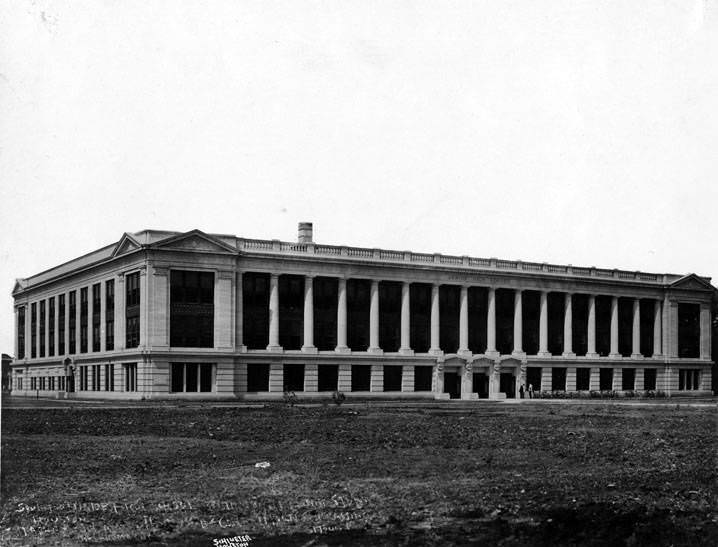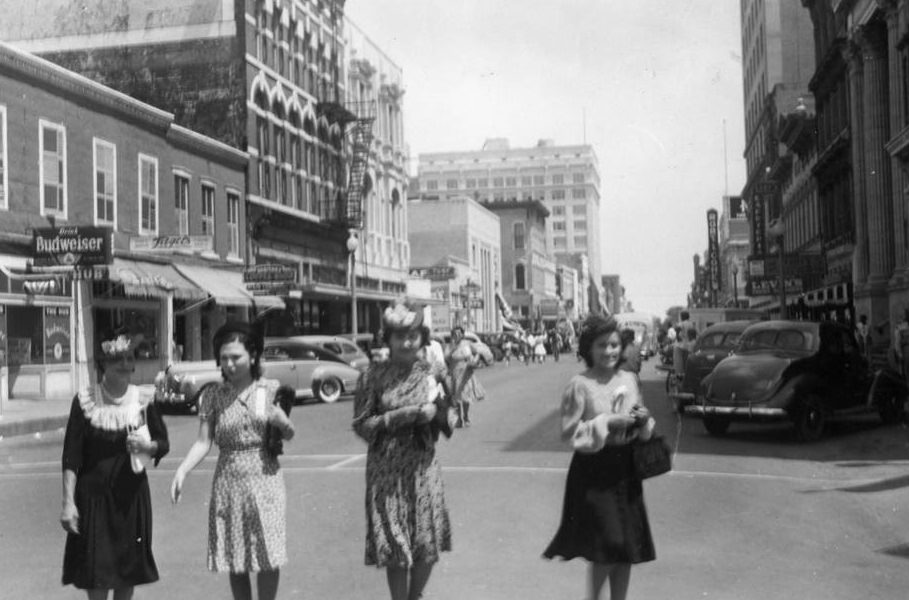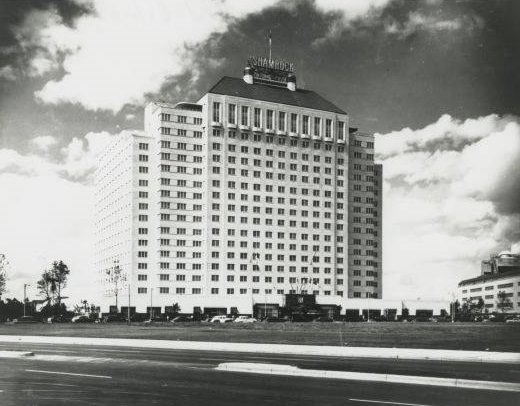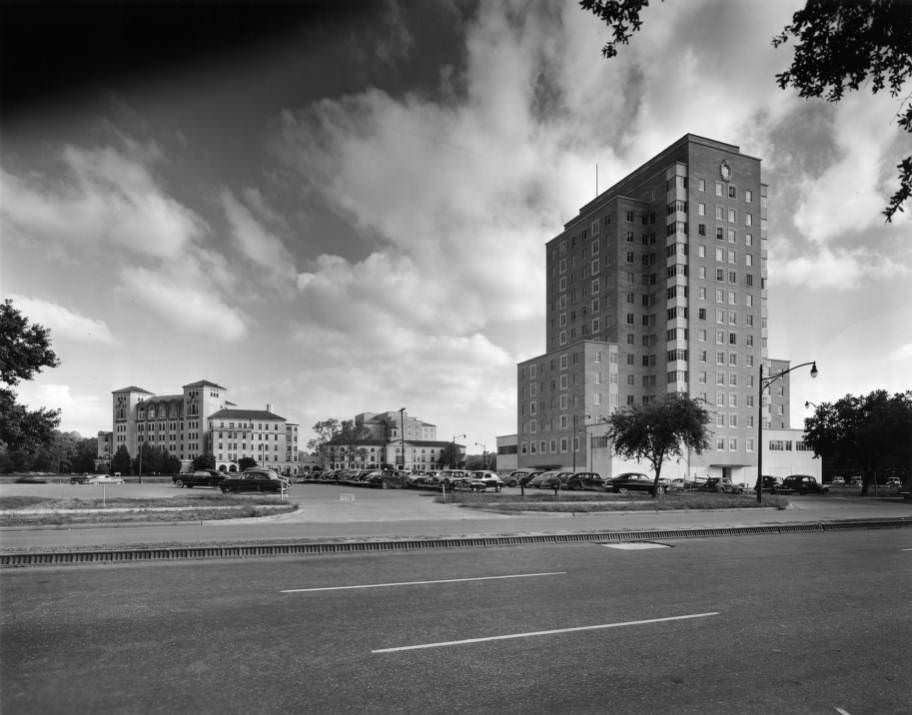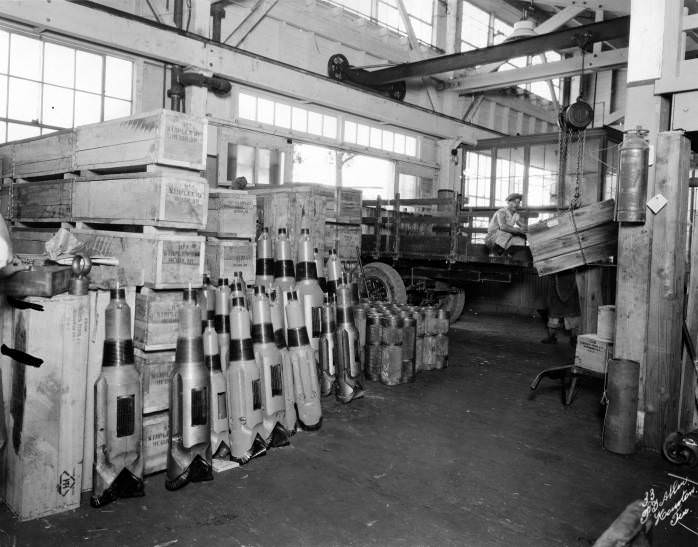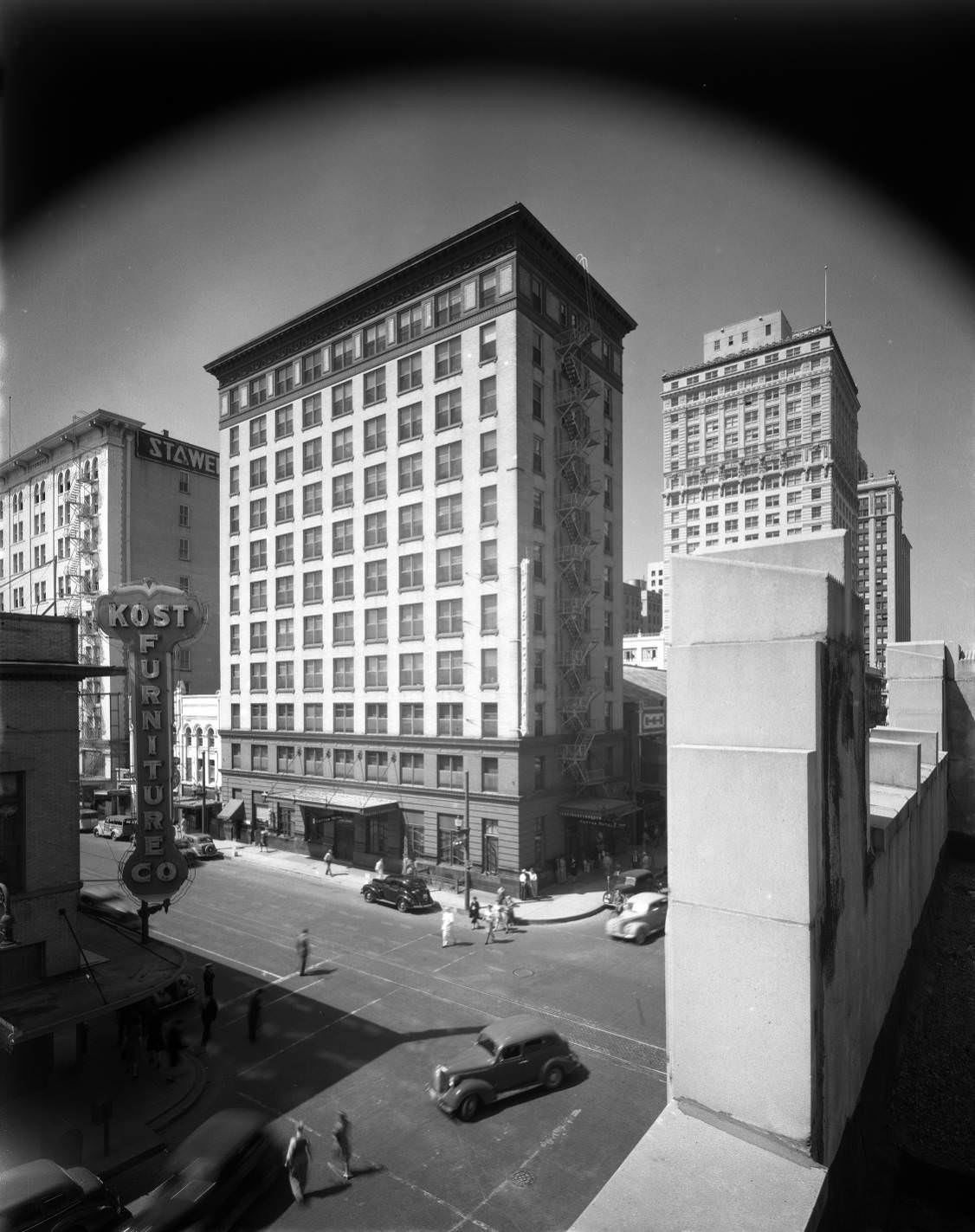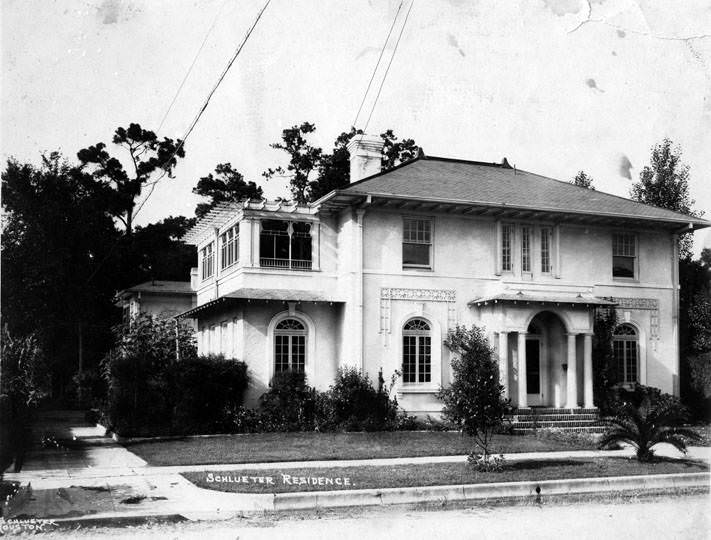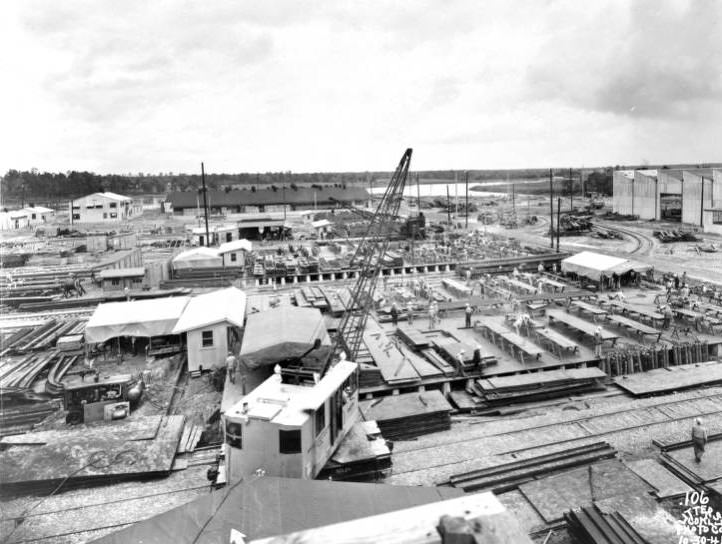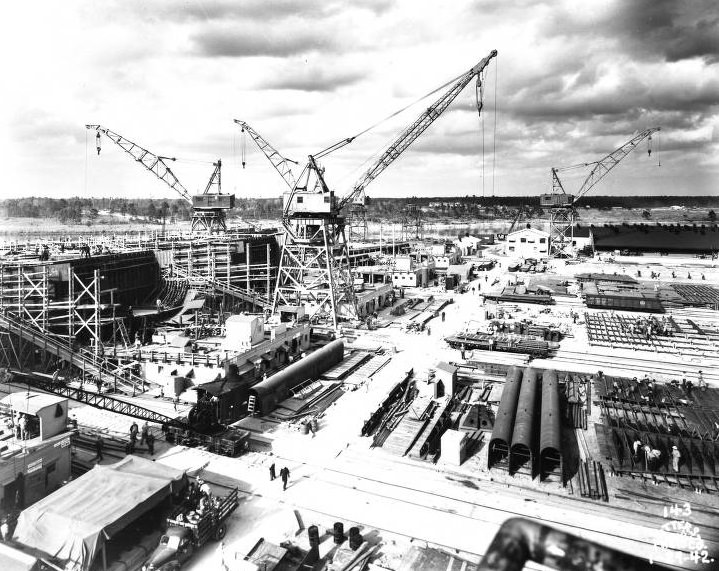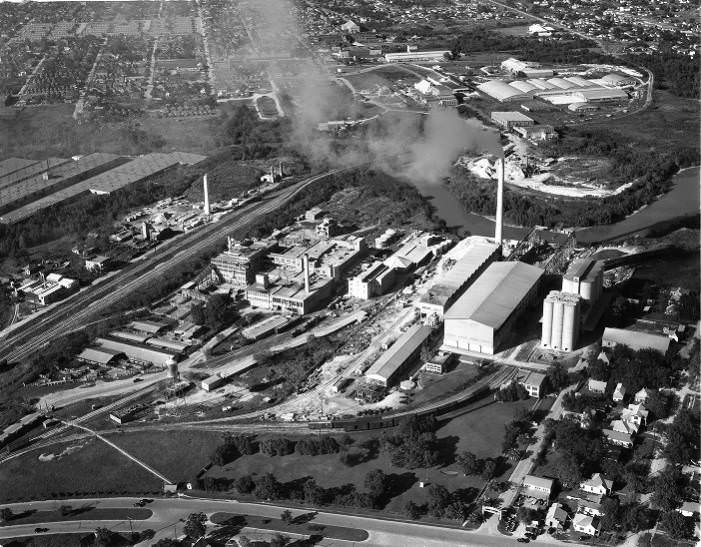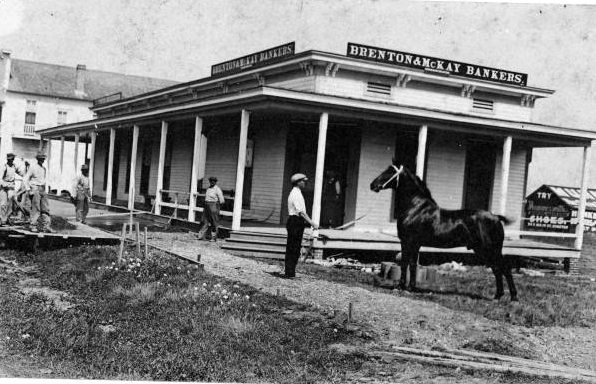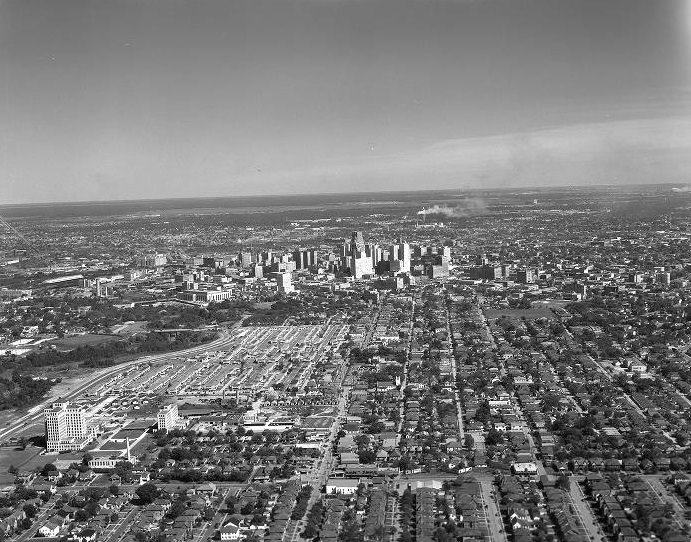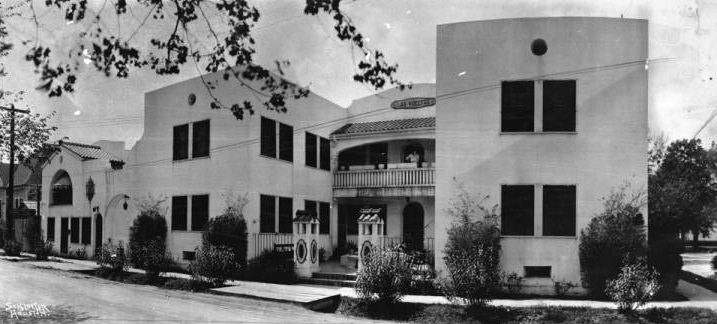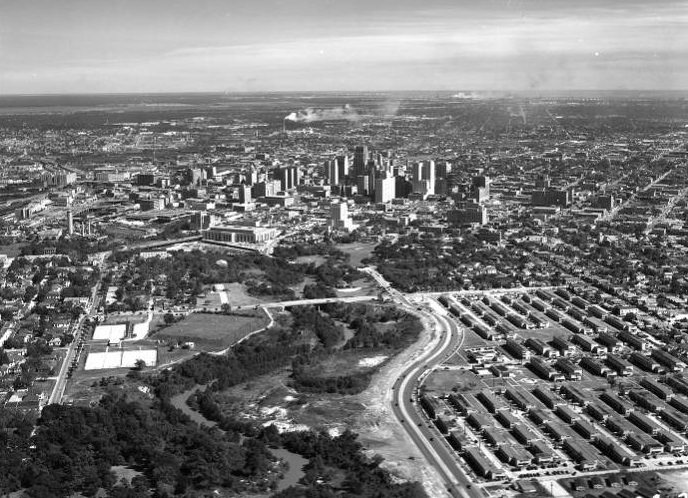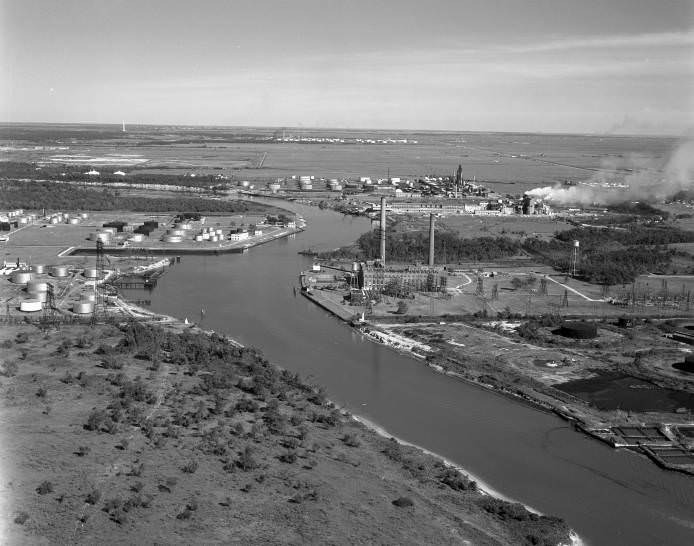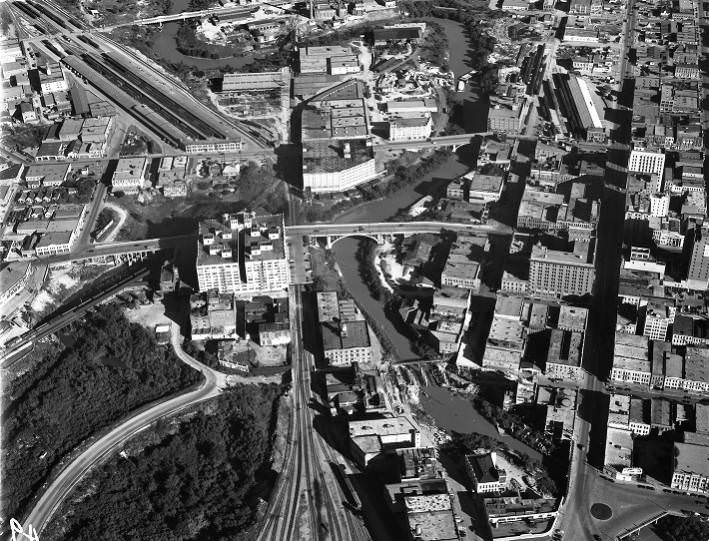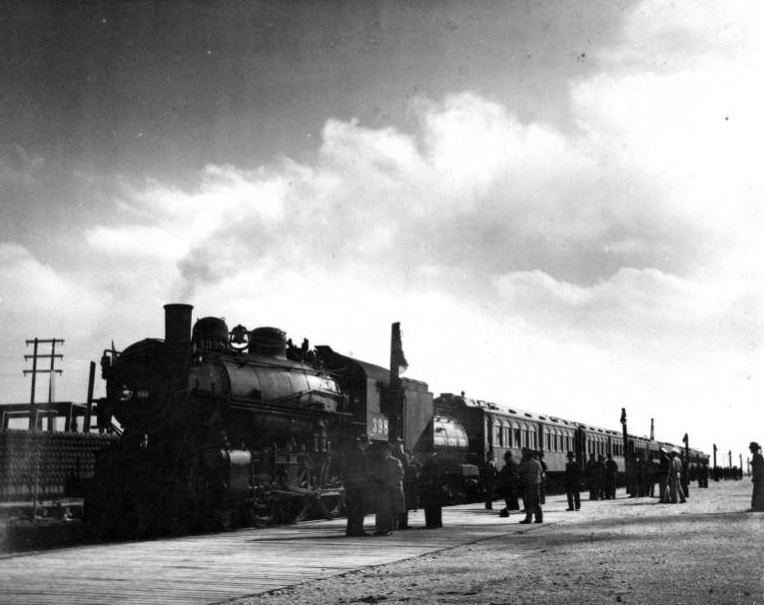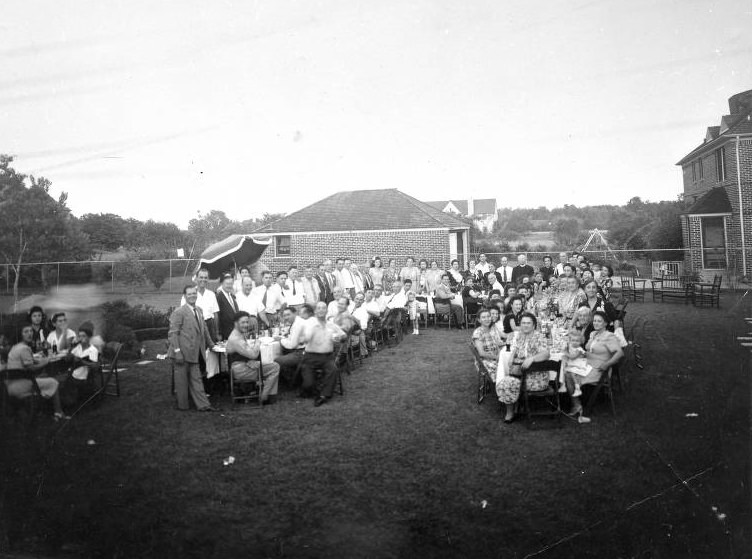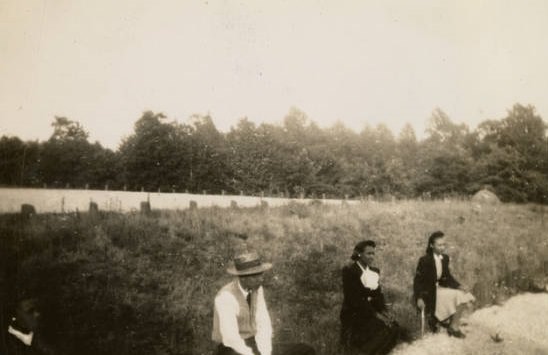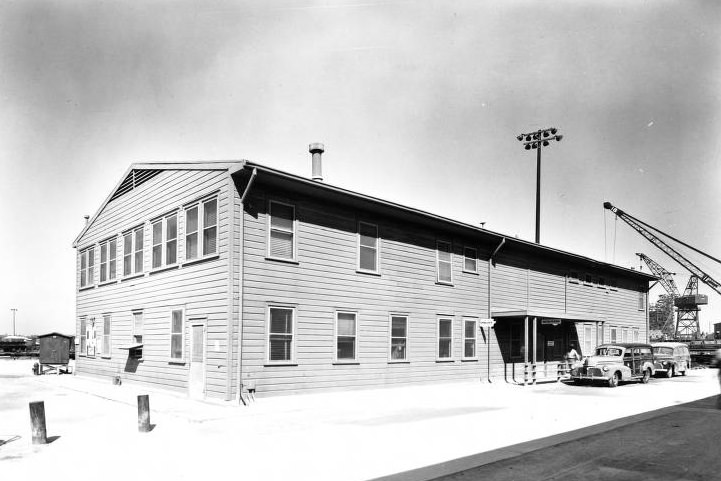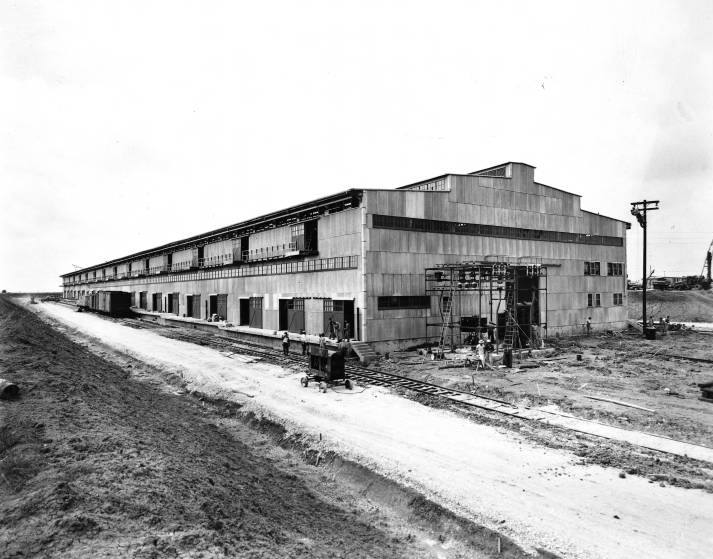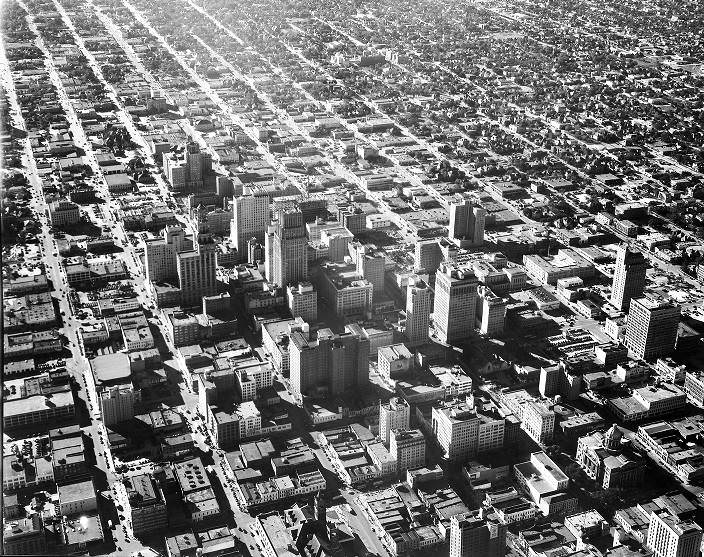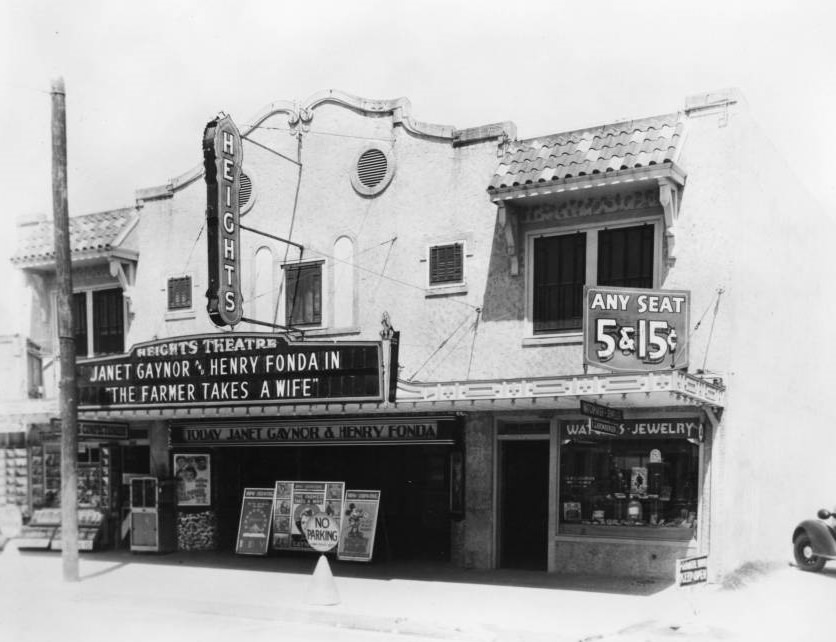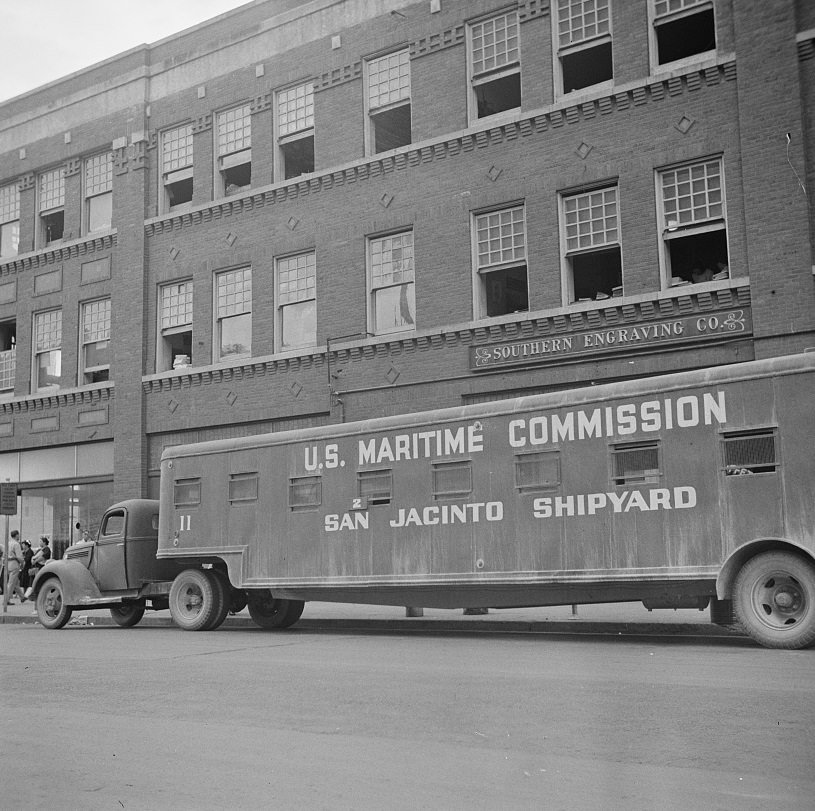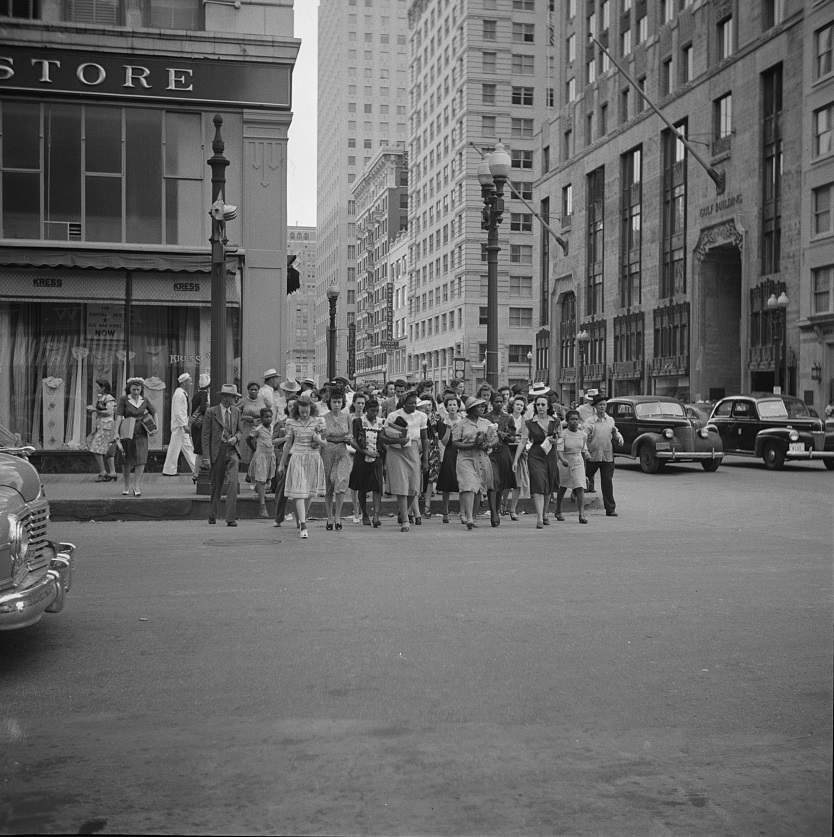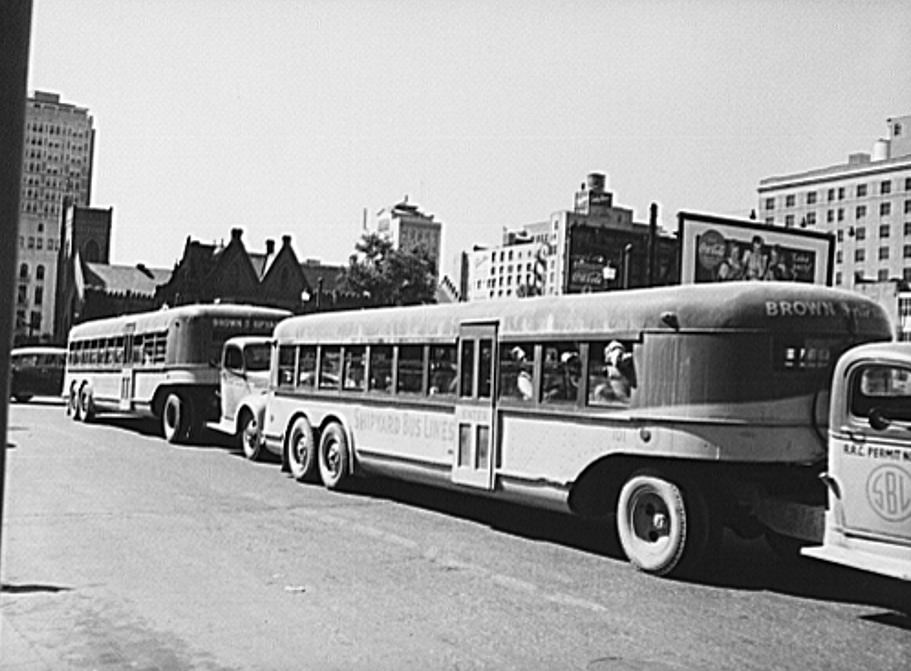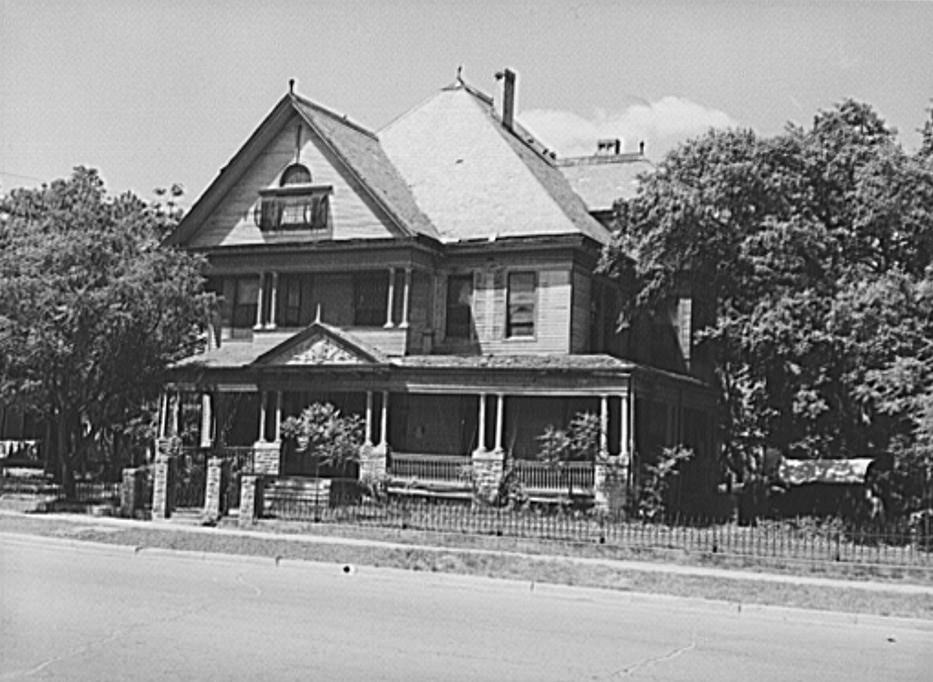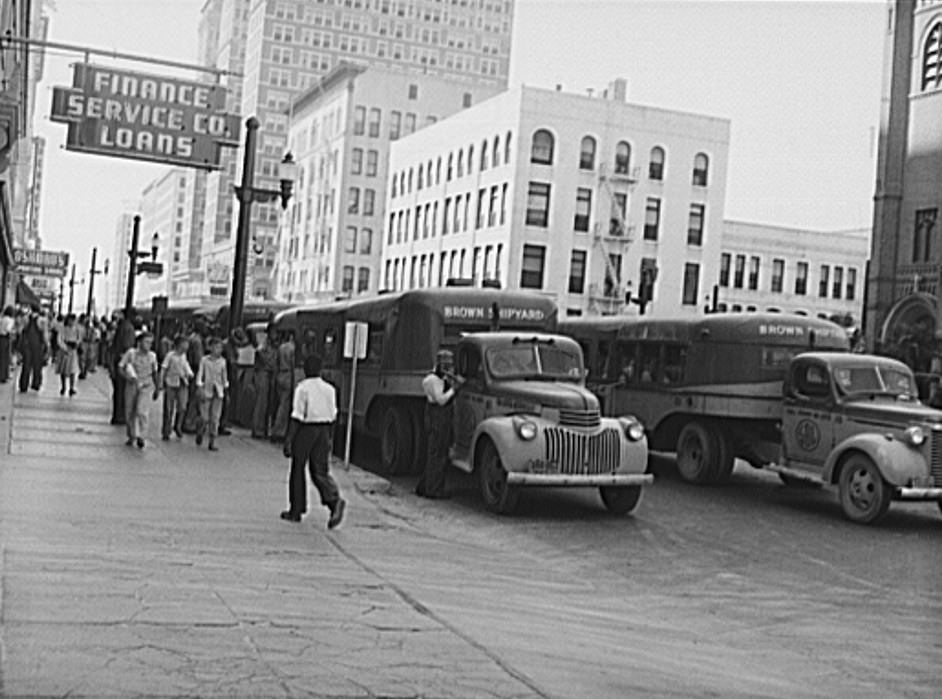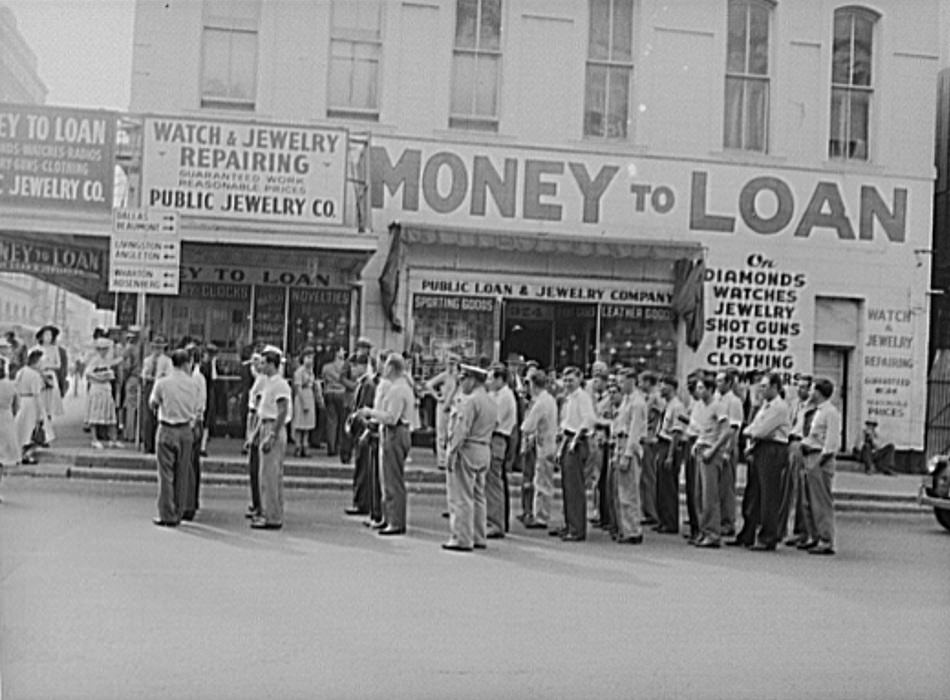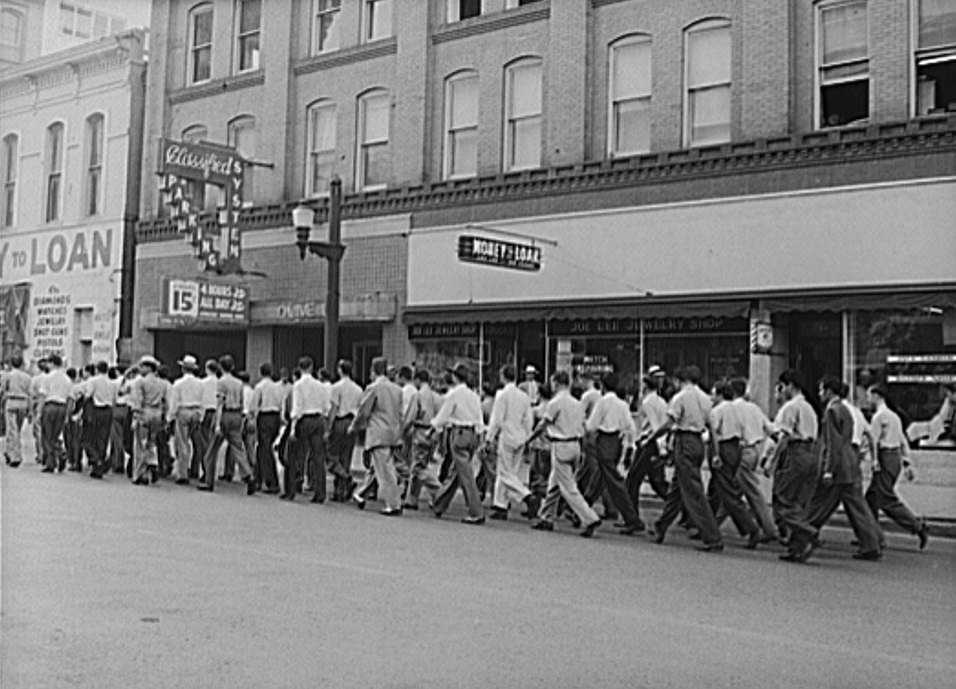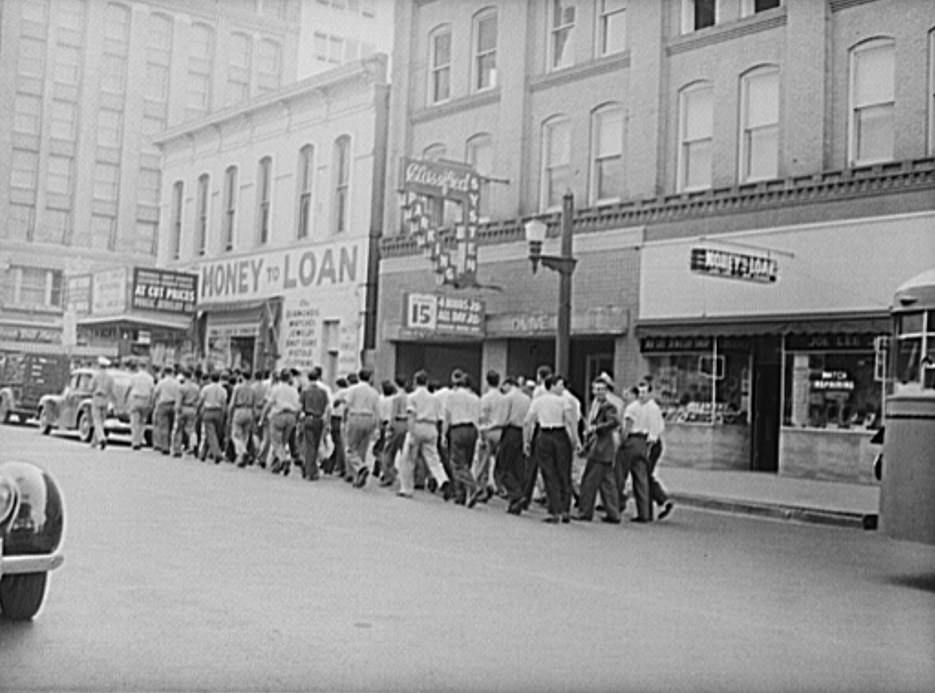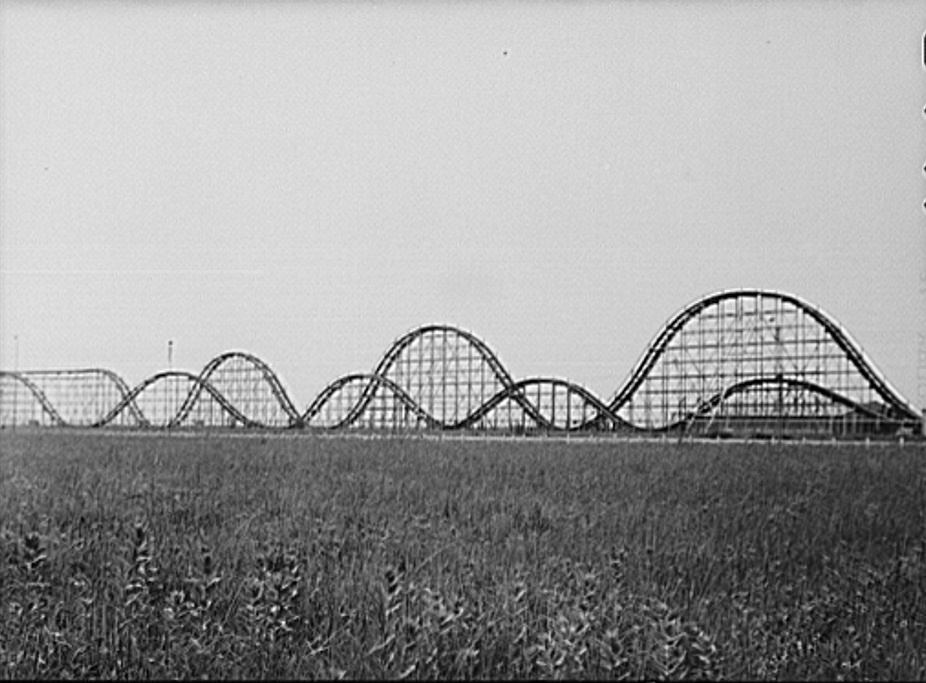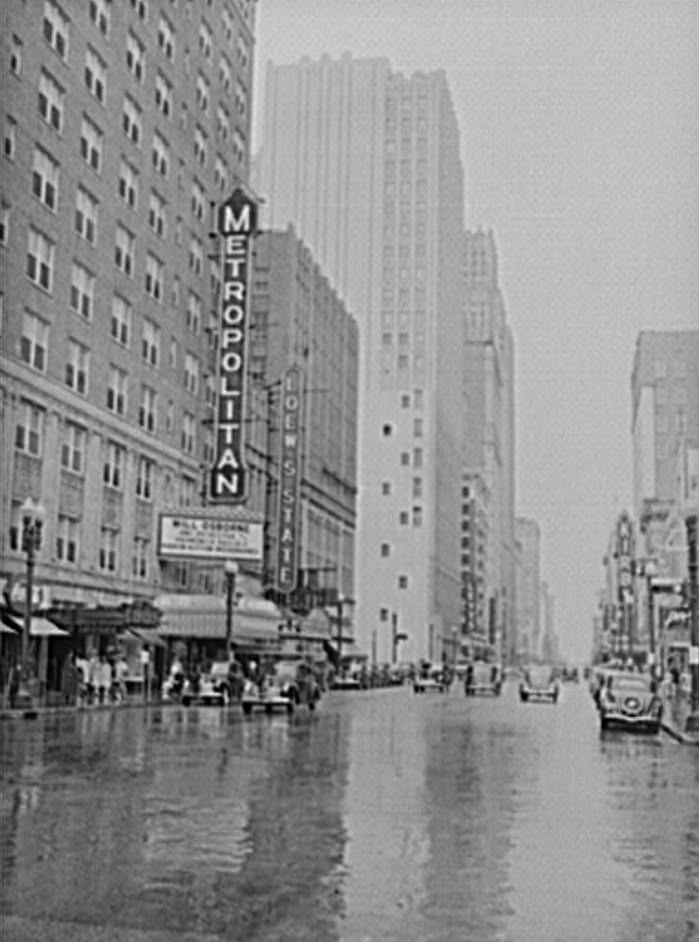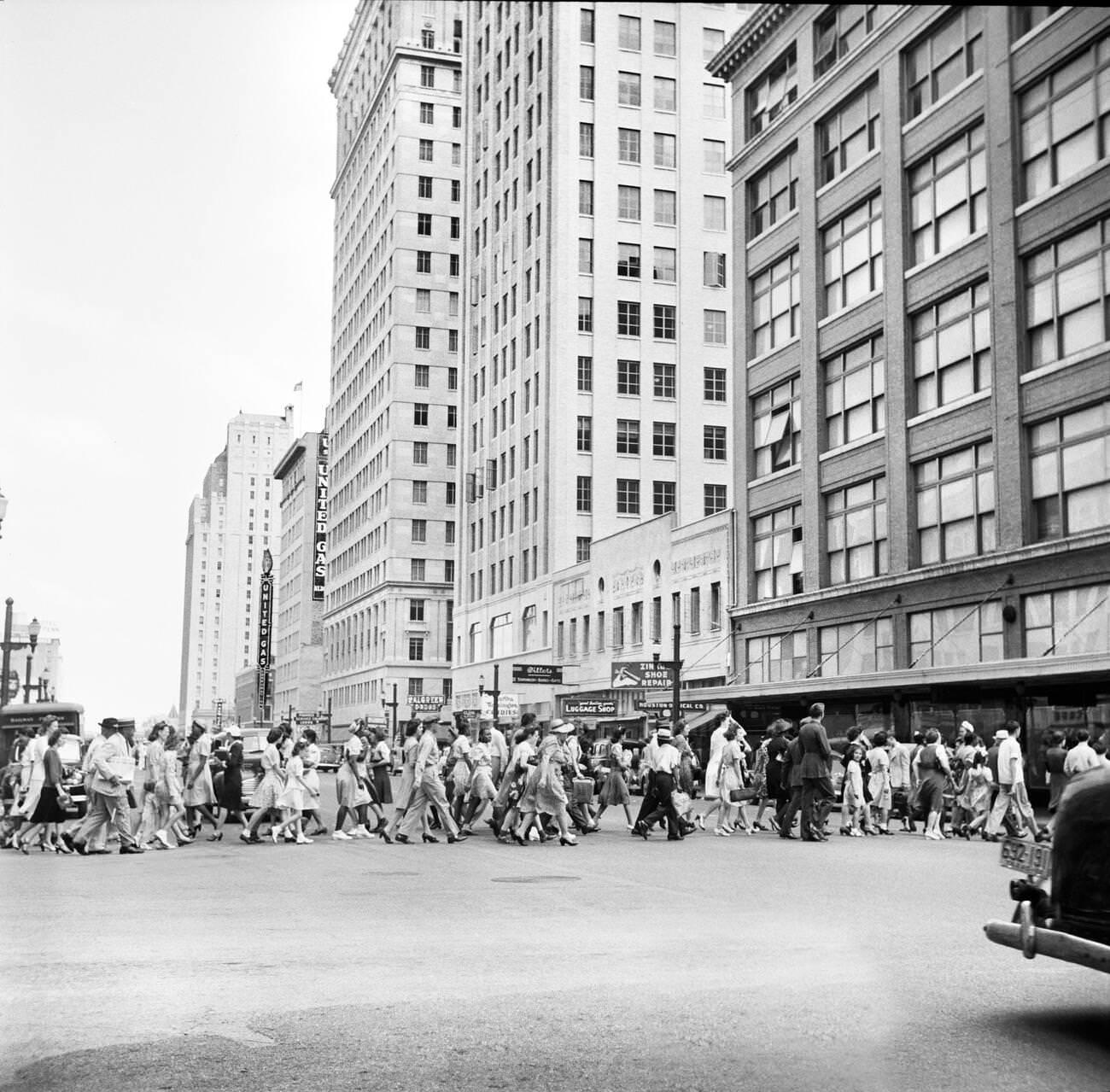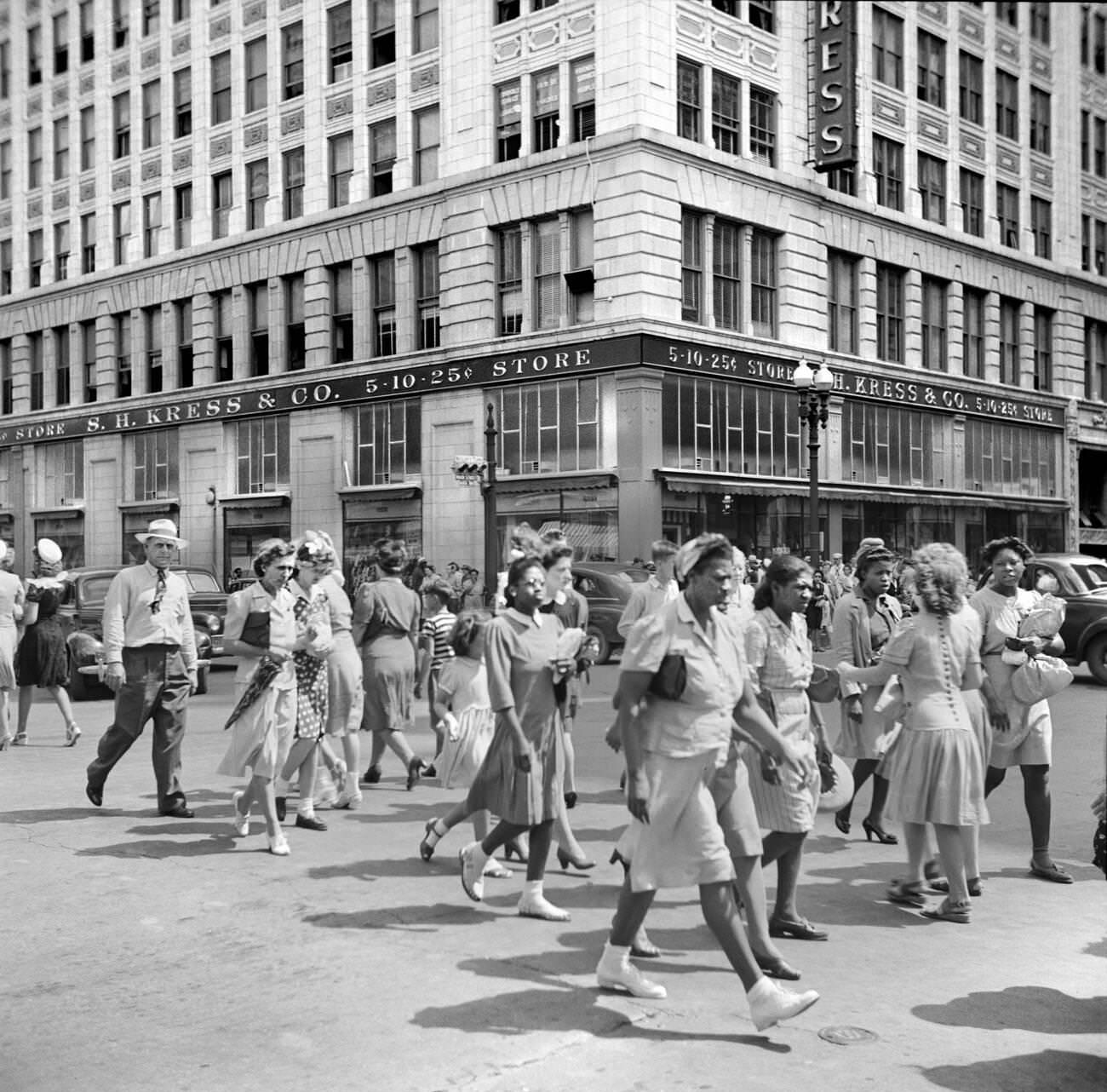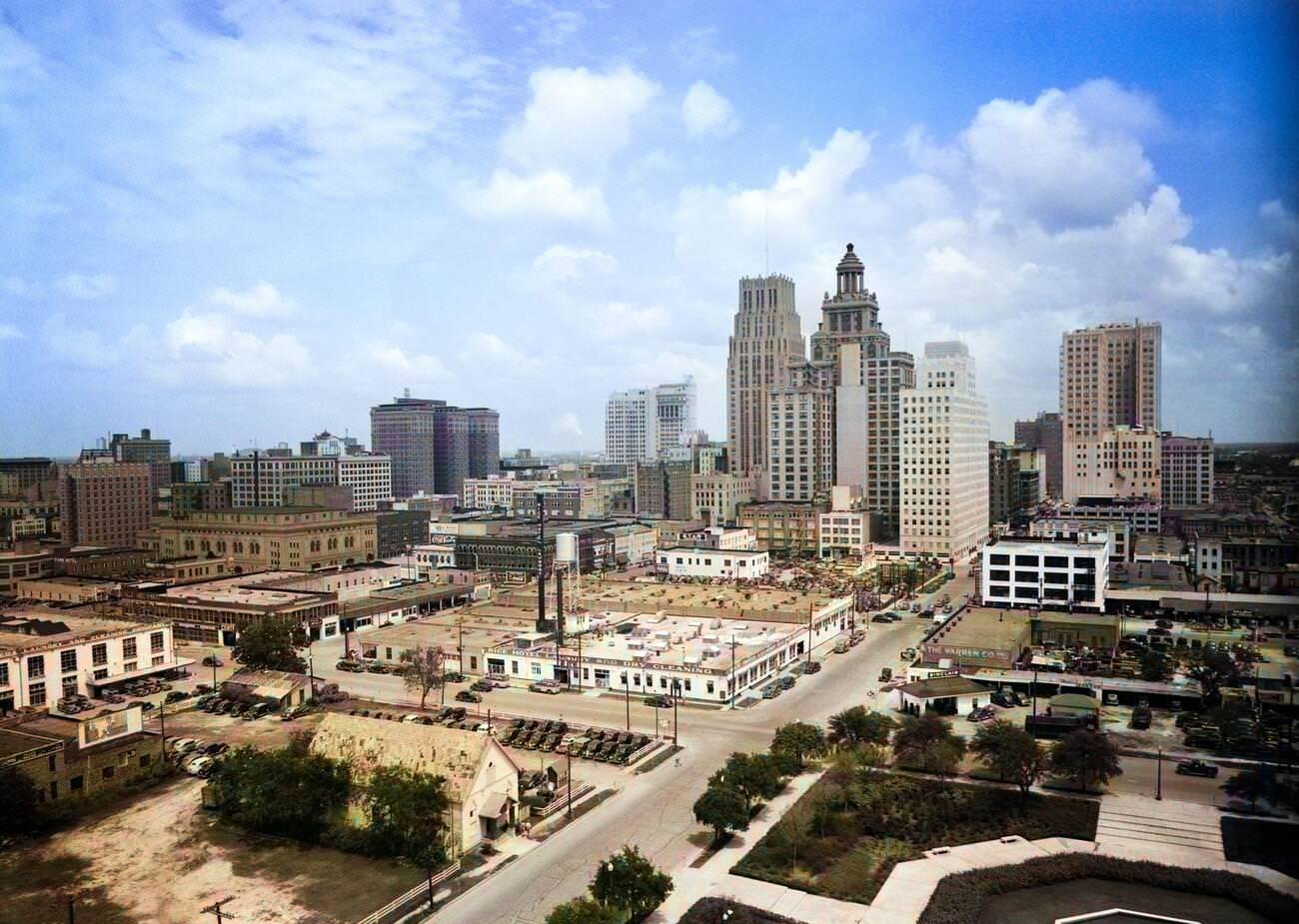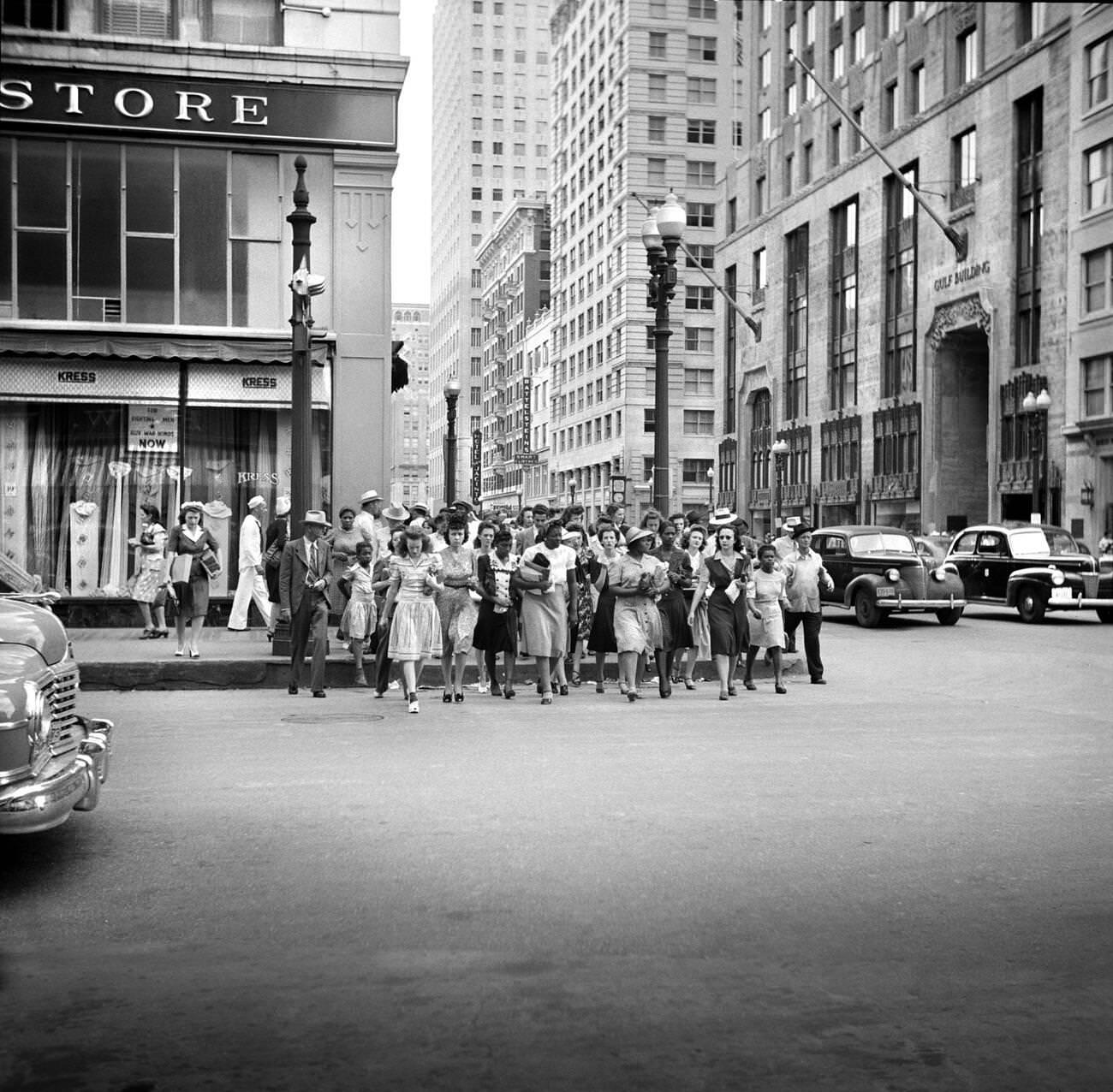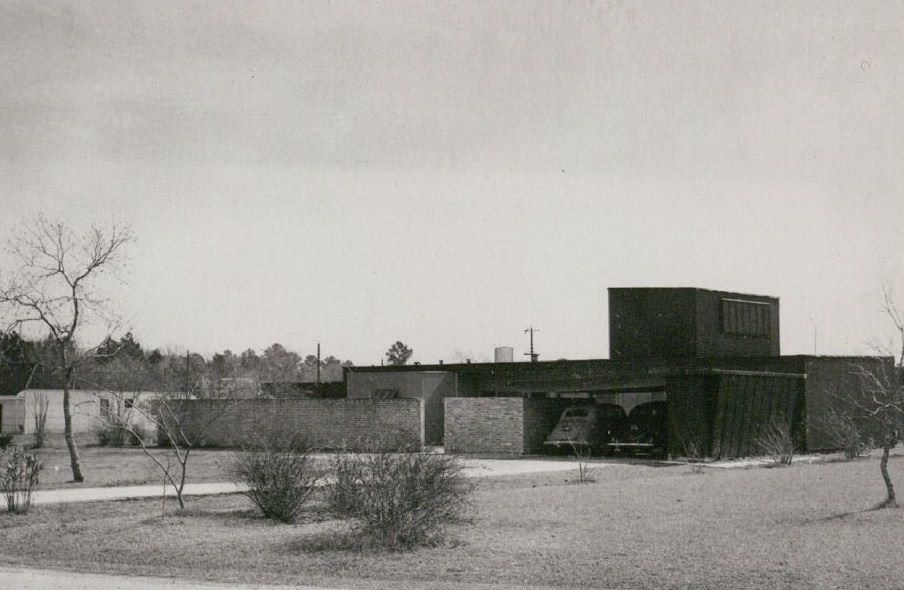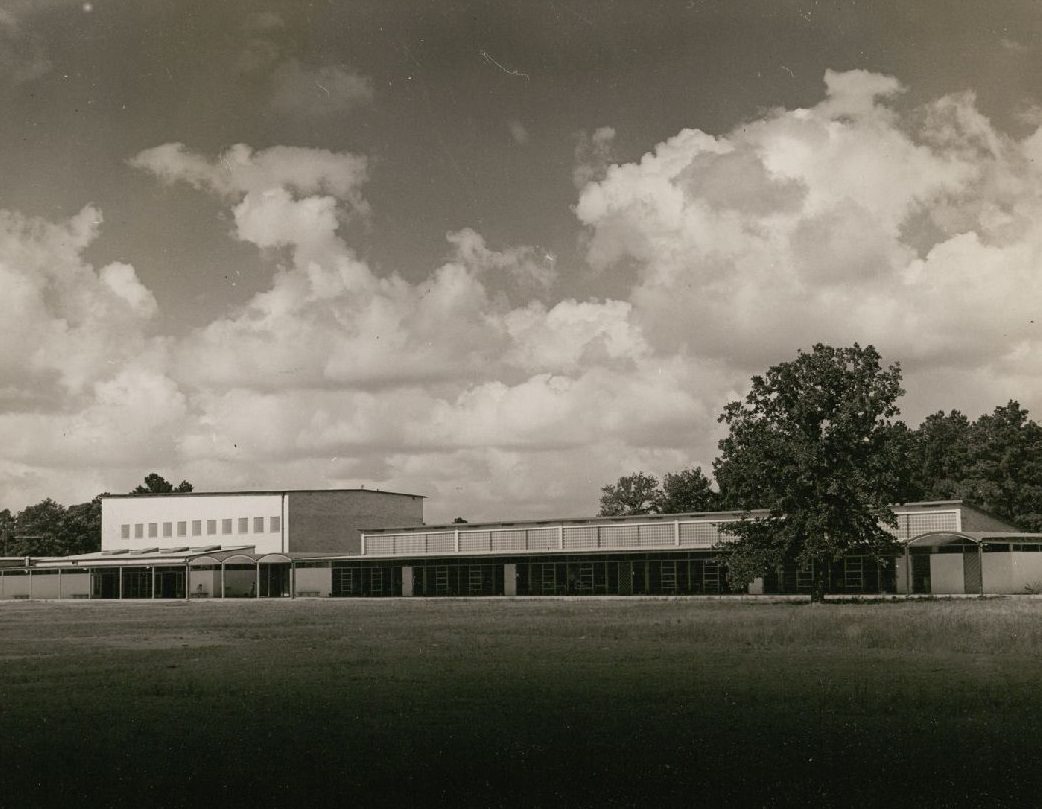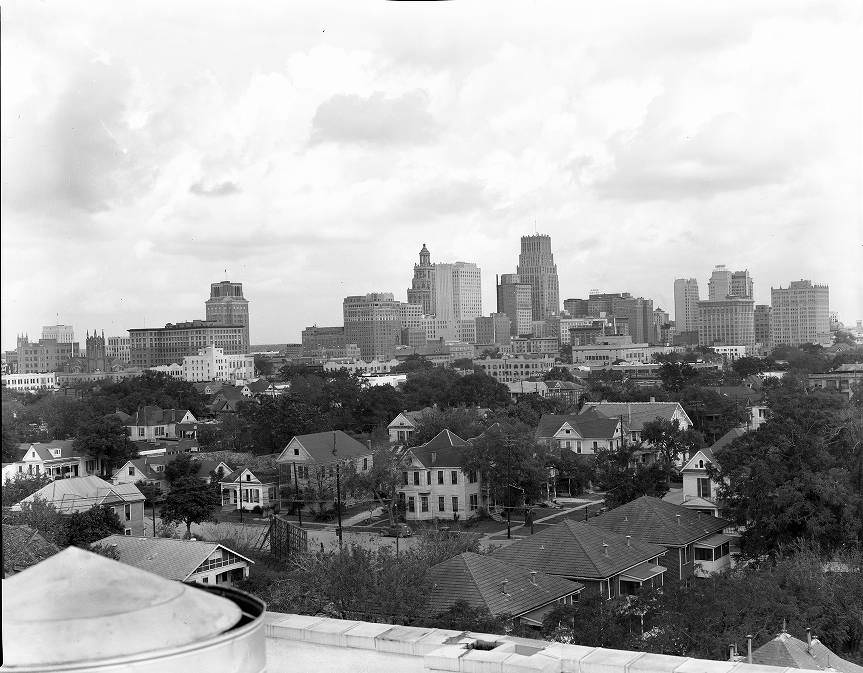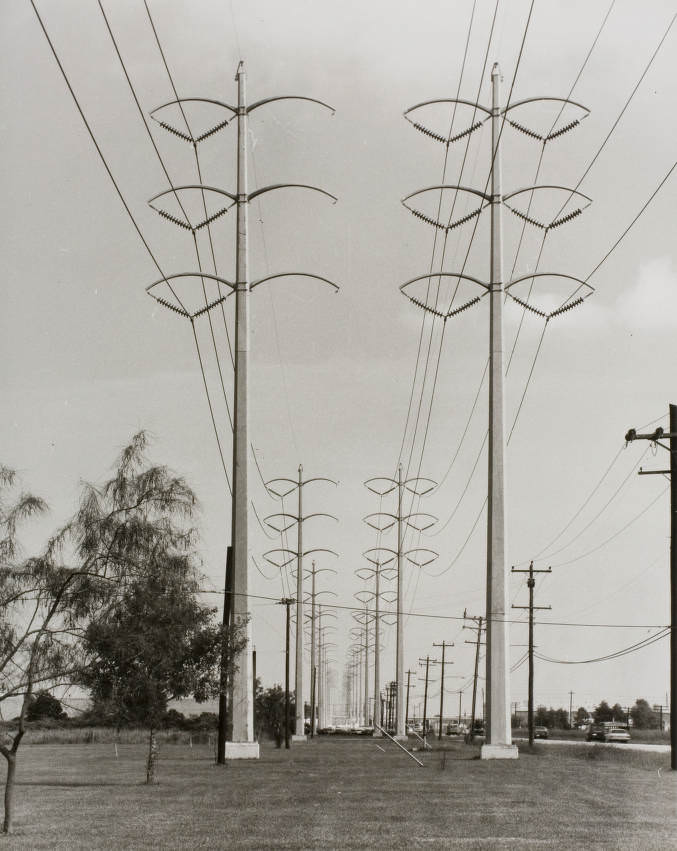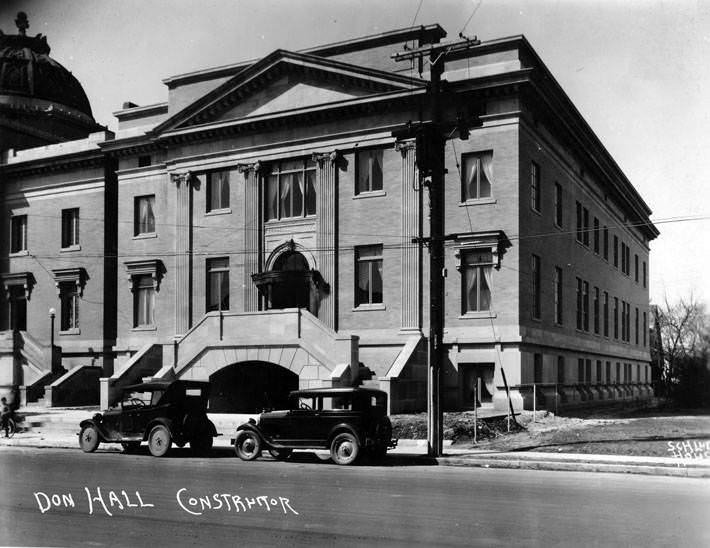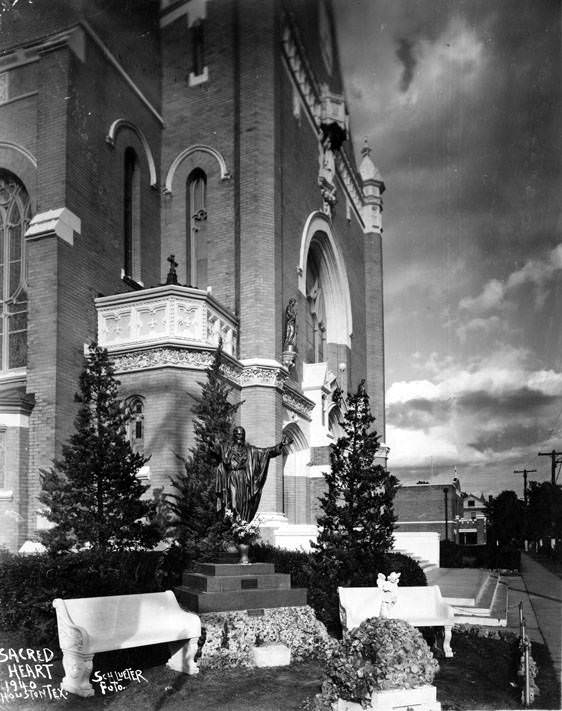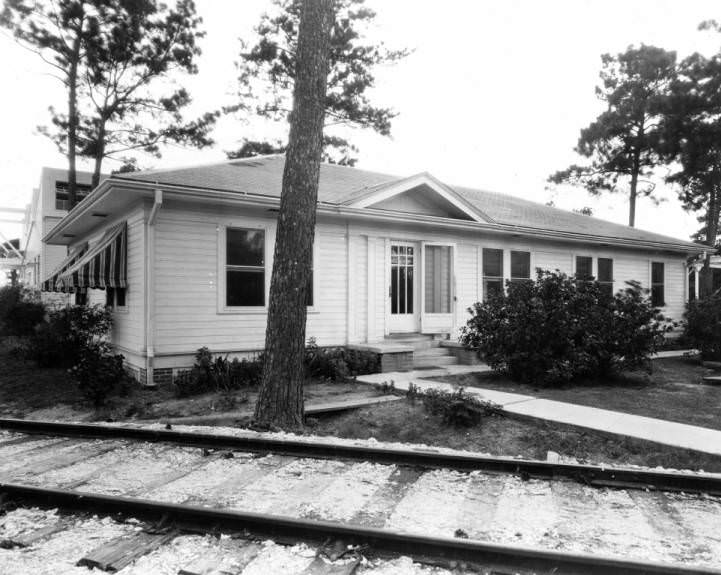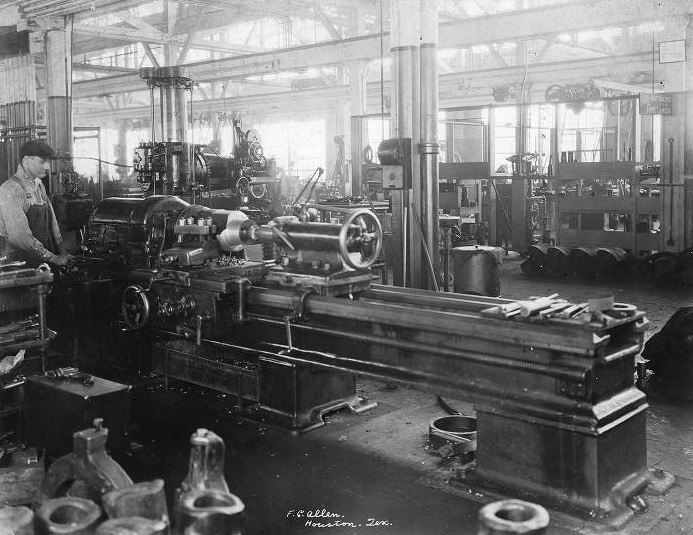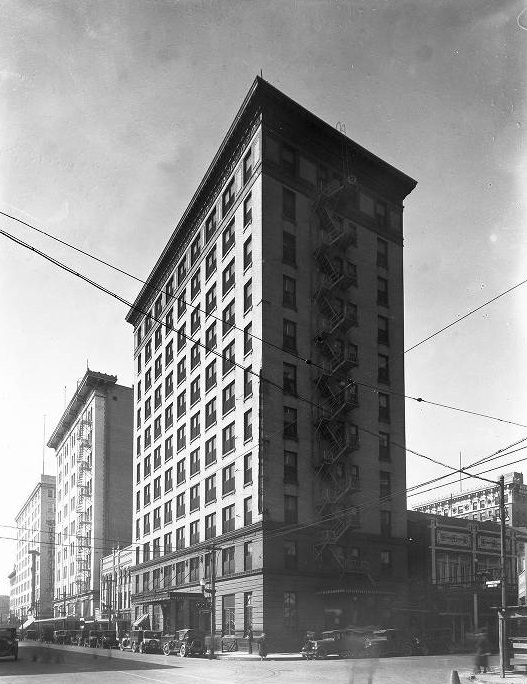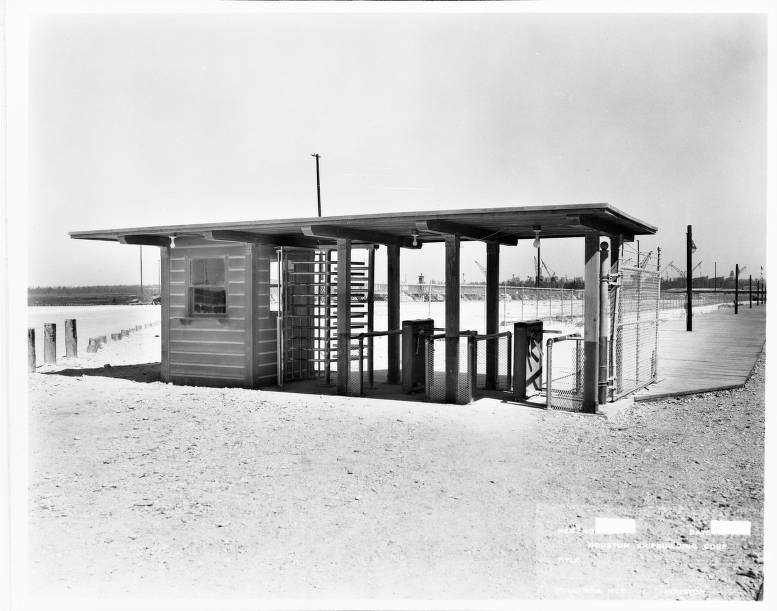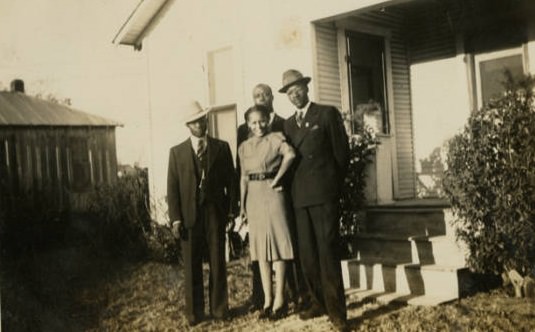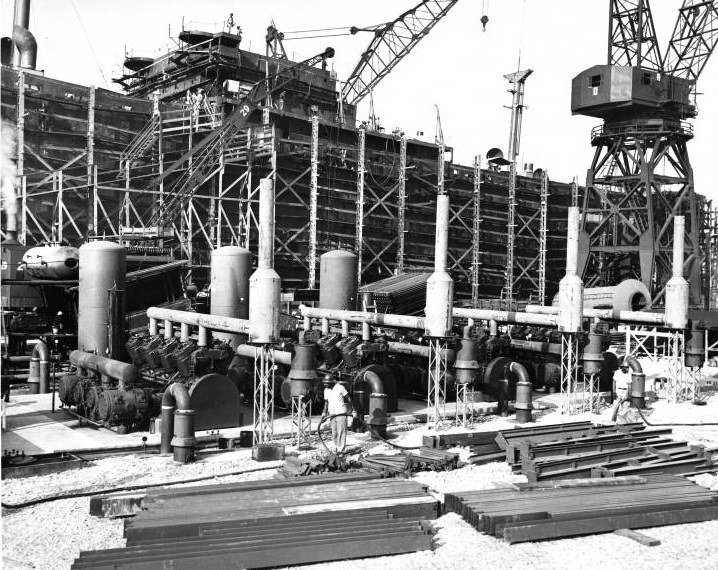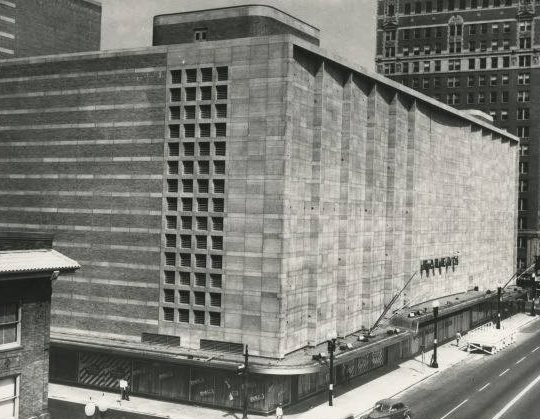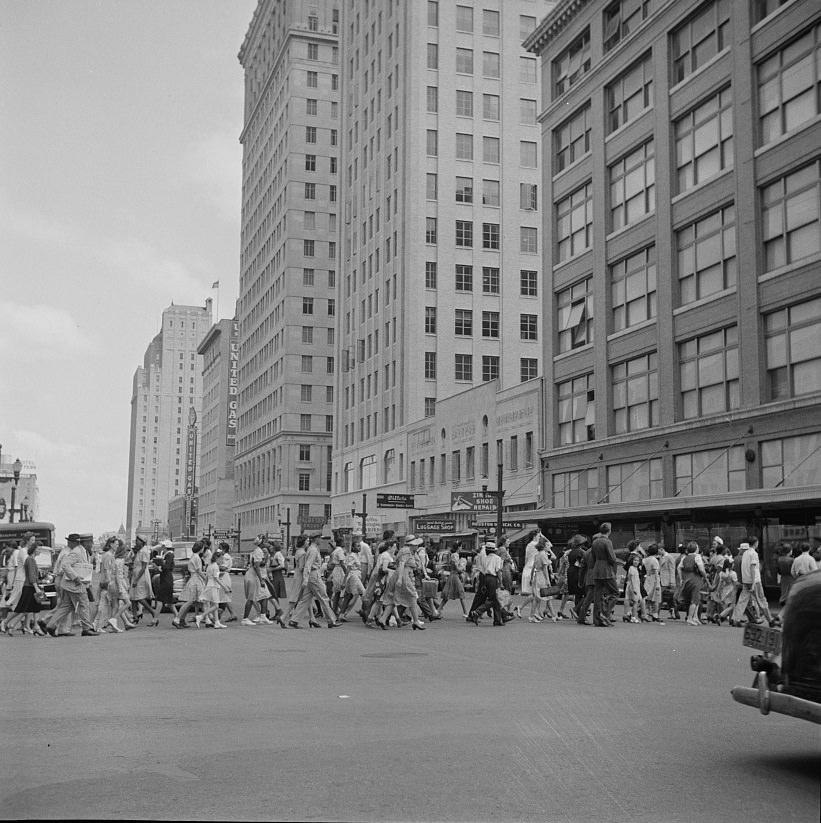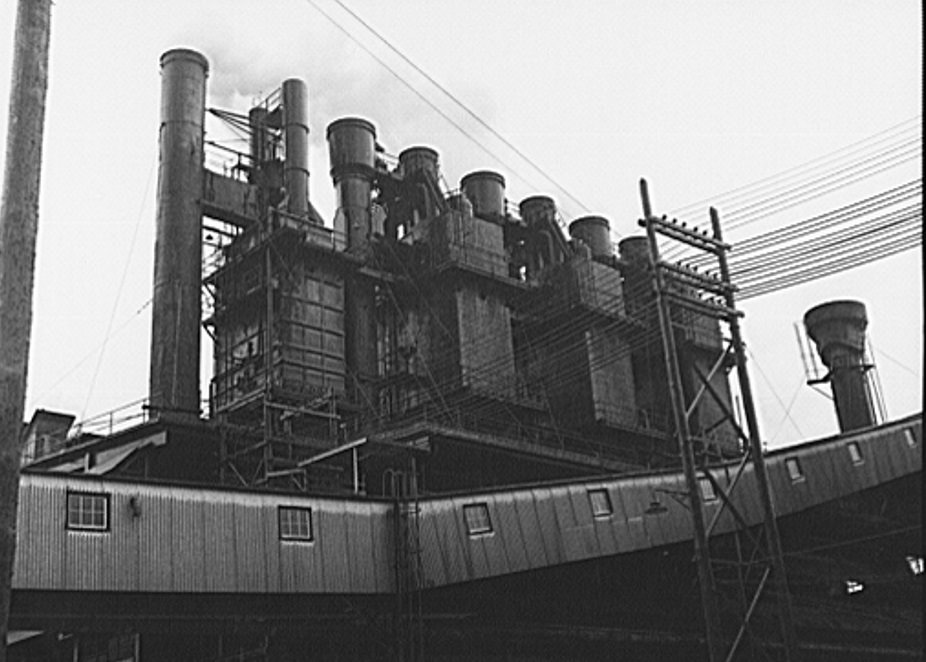Houston in the 1940s was a city undergoing a remarkable transformation. The sleepy Southern town was shedding its skin, evolving into a bustling metropolis with a booming economy and a skyline that was starting to reach for the clouds. Let’s take a stroll down memory lane and explore what made Houston so special during this pivotal decade.
The 1940s saw Houston’s population explode, fueled by job opportunities in the burgeoning energy sector. The discovery of oil in nearby fields had triggered an economic boom, drawing people from all over the country seeking their fortunes. Shipbuilding was another major industry, especially as World War II created a demand for vessels. All these new Houstonians needed places to live, work, and shop, leading to a construction boom that reshaped the city’s landscape..
Read more
Downtown: The Heart of the City
Downtown Houston was the city’s beating heart. The streets were alive with activity, from businessmen in suits hurrying to meetings to families out for a day of shopping. The iconic Rice Hotel, with its grand lobby and rooftop terrace, was a popular gathering spot for locals and visitors alike. The bustling Foley’s department store, a Houston institution, drew shoppers with its wide selection of goods and its famous Zoltar fortune-telling machine.
Streetcars and Automobiles
Getting around Houston in the 40s often meant hopping on a streetcar. These electric trolleys crisscrossed the city, providing affordable transportation. However, the automobile was quickly gaining popularity. Cars like the Ford Model T and the Chevrolet Bel Air became symbols of freedom and progress, and Houston’s streets began to fill with these shiny new vehicles.
Entertainment and Recreation
When Houstonians weren’t working, they knew how to have fun. The city offered a variety of entertainment options, from catching a movie at the Majestic Theatre to dancing the night away at the Rice Hotel’s Crystal Ballroom. Baseball fans cheered on the Houston Buffaloes at Buff Stadium, while families enjoyed picnics and paddleboat rides at Hermann Park.
A Melting Pot of Cultures
Houston’s growth brought people from all walks of life, creating a vibrant mix of cultures and traditions. Neighborhoods like Freedmen’s Town, established by formerly enslaved people after the Civil War, were centers of African American life and culture. The city’s Hispanic community also flourished, with restaurants and shops offering a taste of Mexico and Latin America.
The Birth of a Medical Powerhouse
The 1940s also saw the seeds of Houston’s future as a medical powerhouse being planted. The Texas Medical Center, which would later become the largest medical complex in the world, was established in 1945. This visionary project brought together hospitals, research institutions, and medical schools, laying the foundation for Houston’s reputation as a leader in healthcare.
Houston’s Food Scene
No look at 1940s Houston would be complete without mentioning the food. Barbecue joints like Lenox Bar-B-Q and Goode Company served up smoky, slow-cooked meats that became a Houston staple. The Original Ninfa’s on Navigation introduced Houstonians to the wonders of fajitas, forever changing the city’s culinary landscape.


